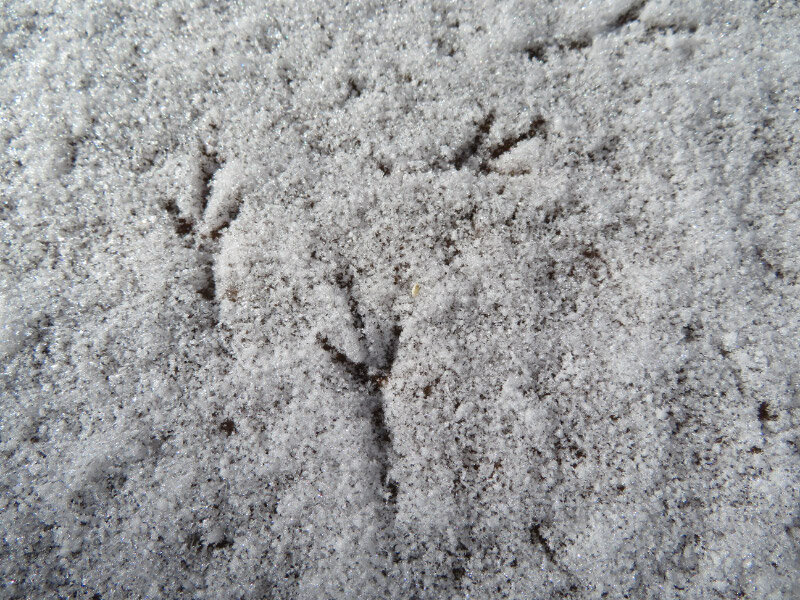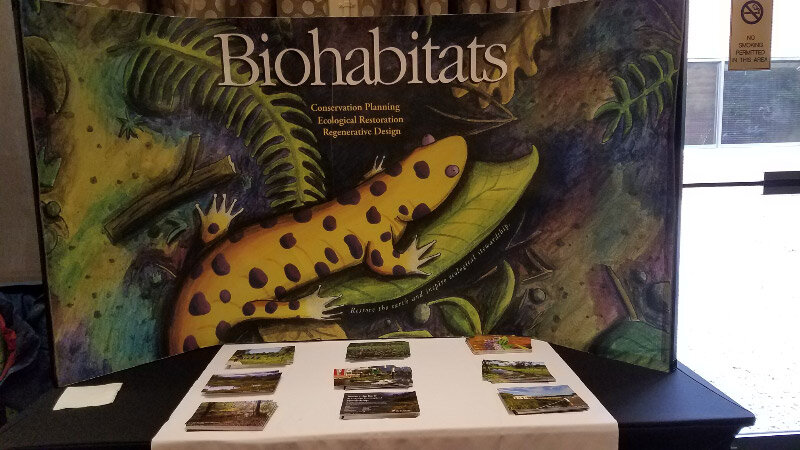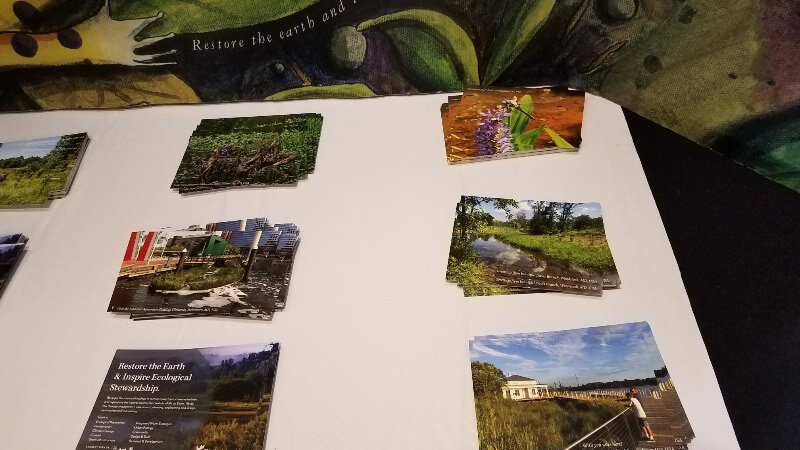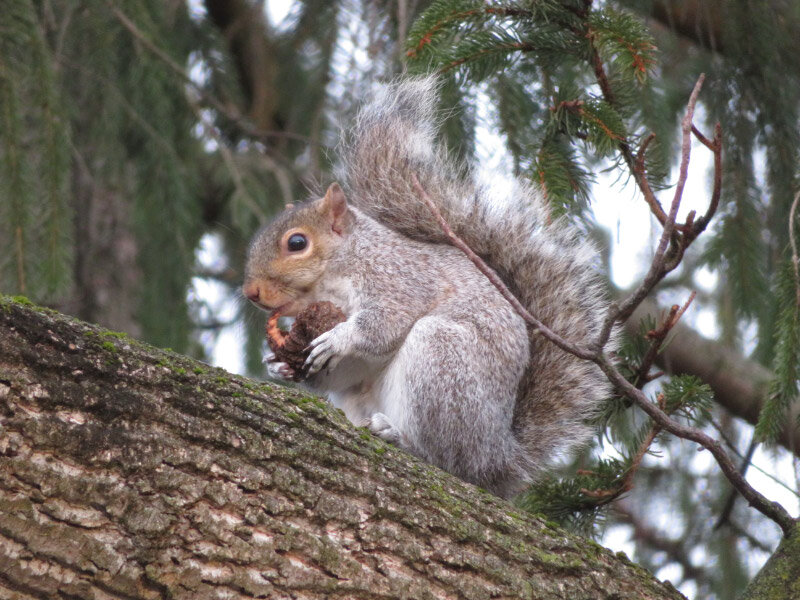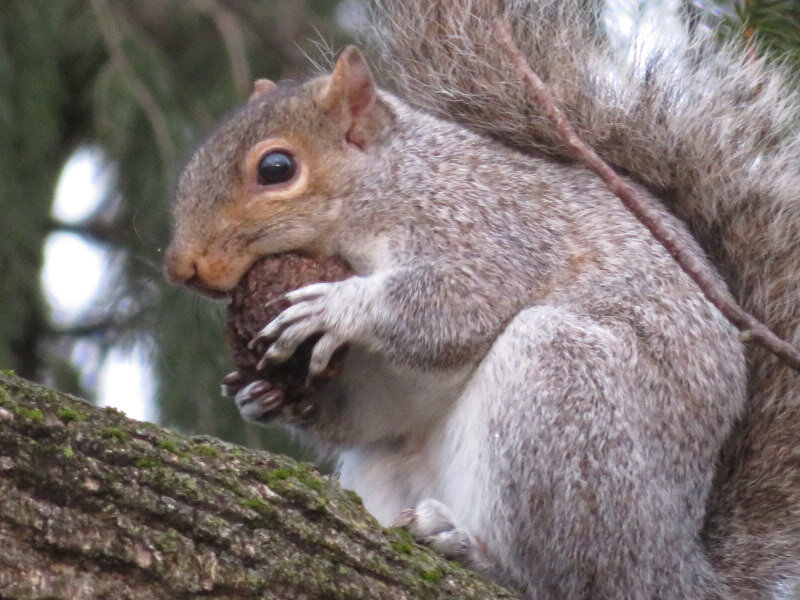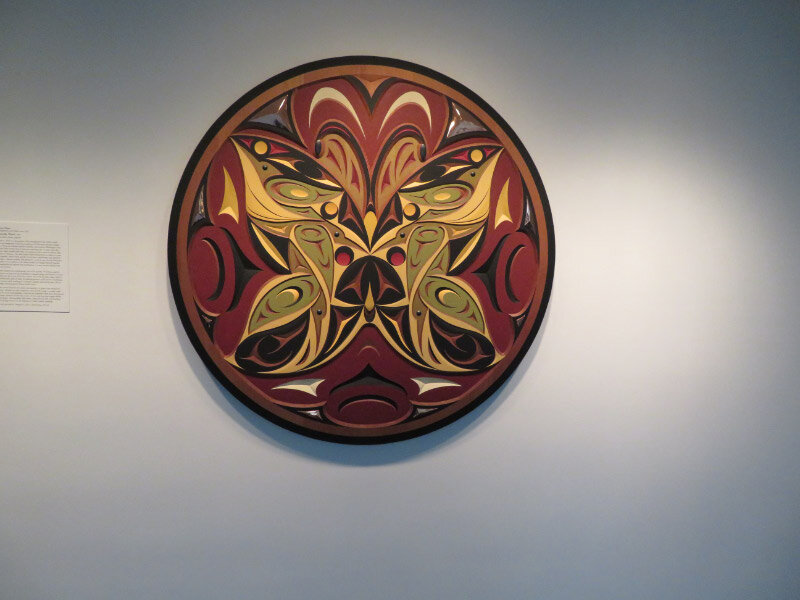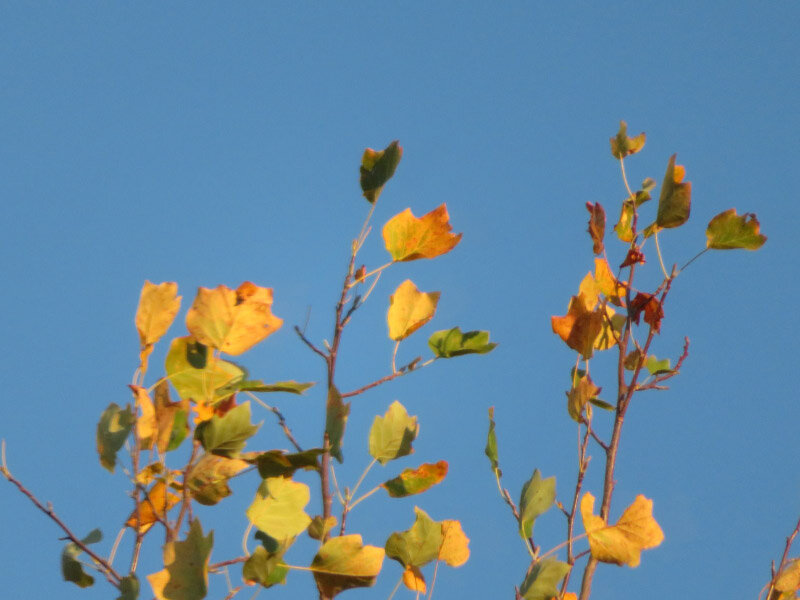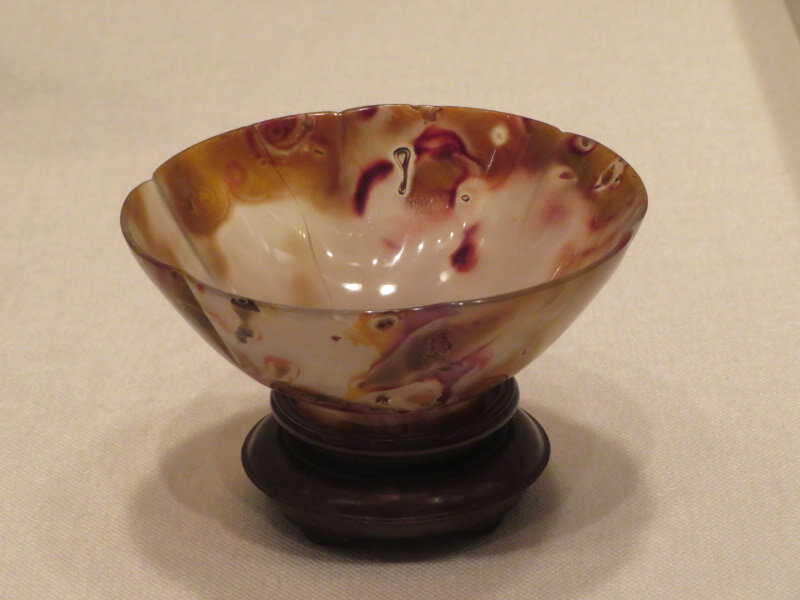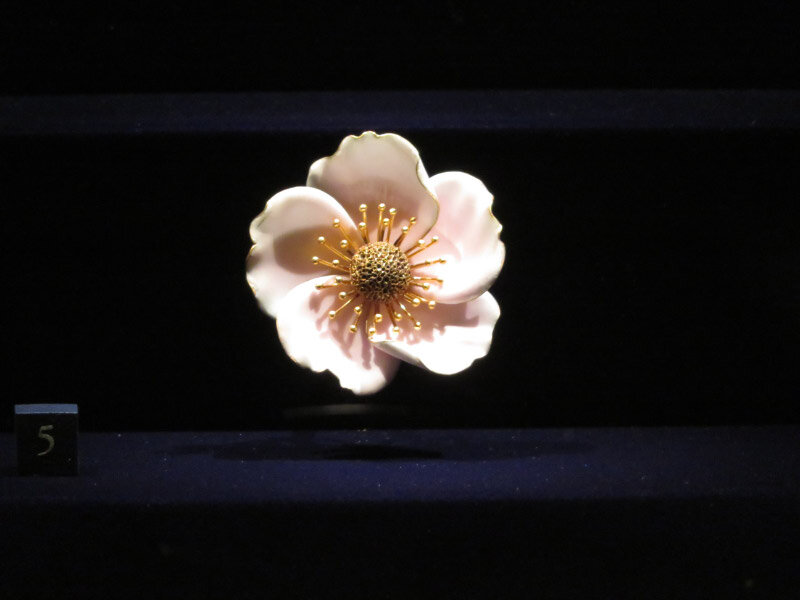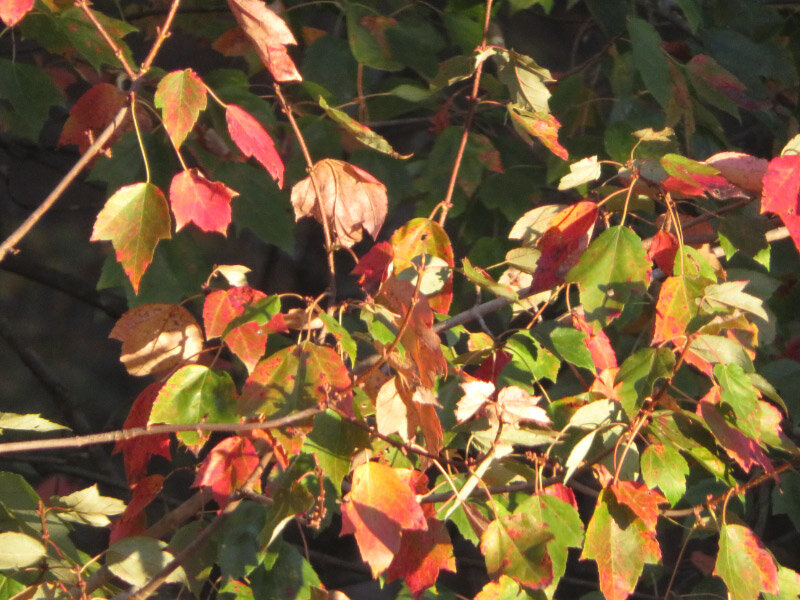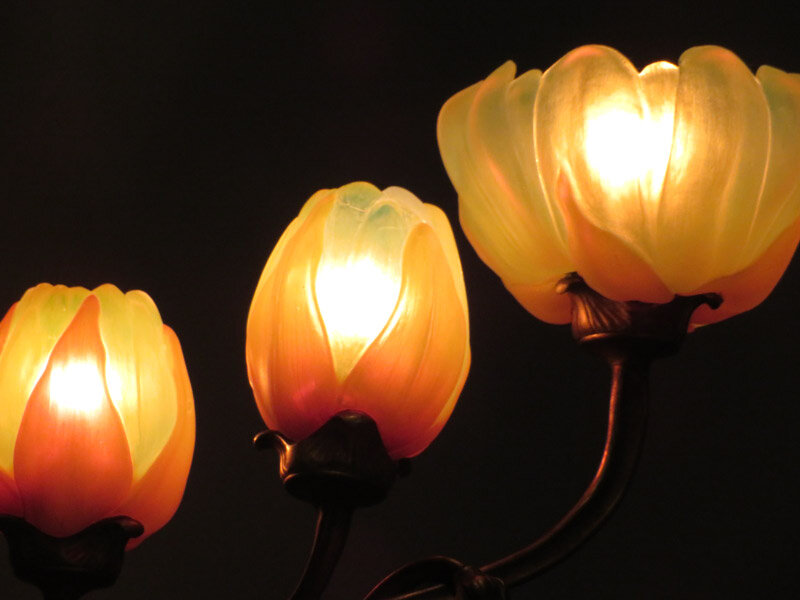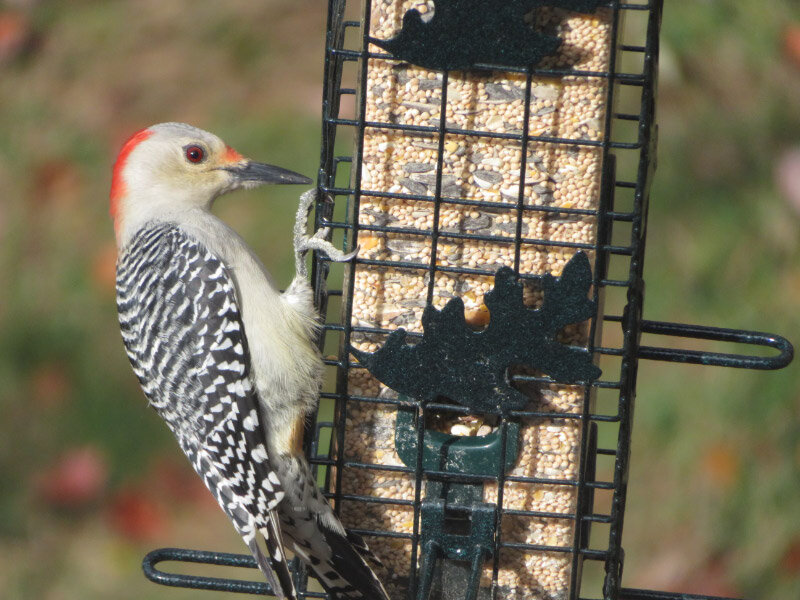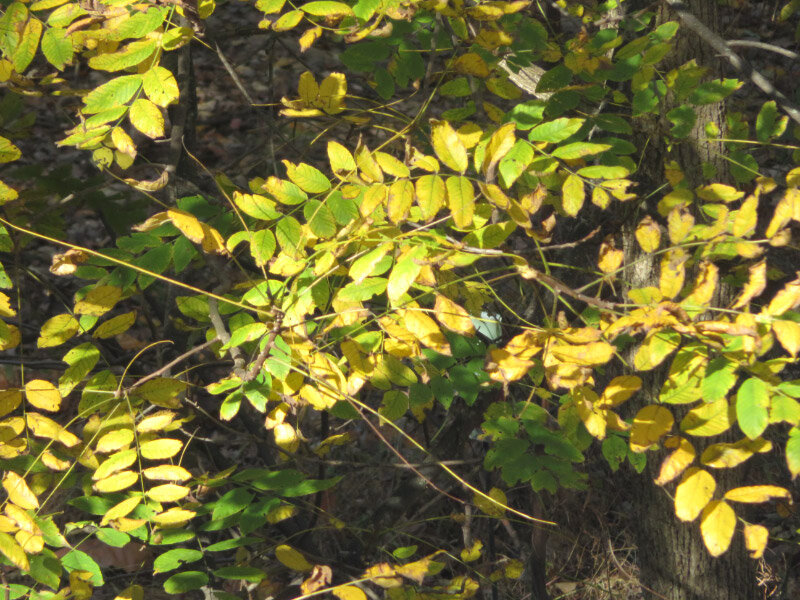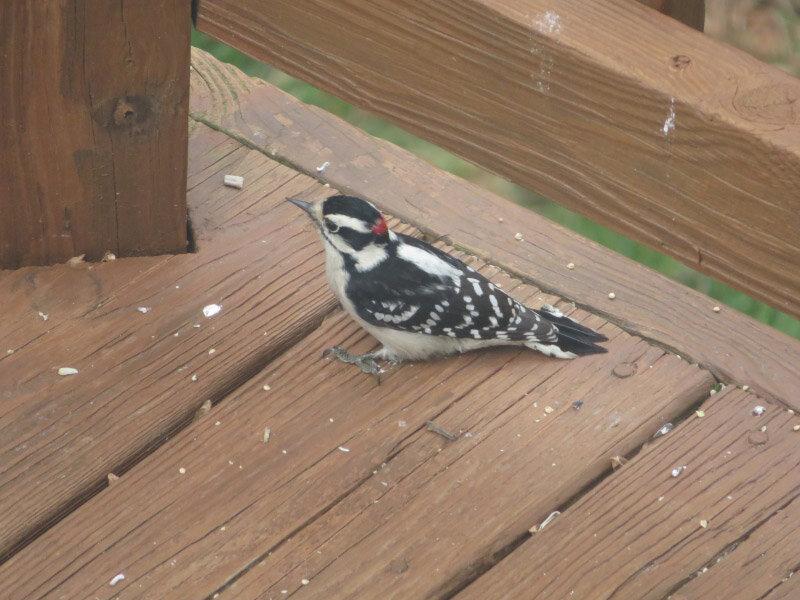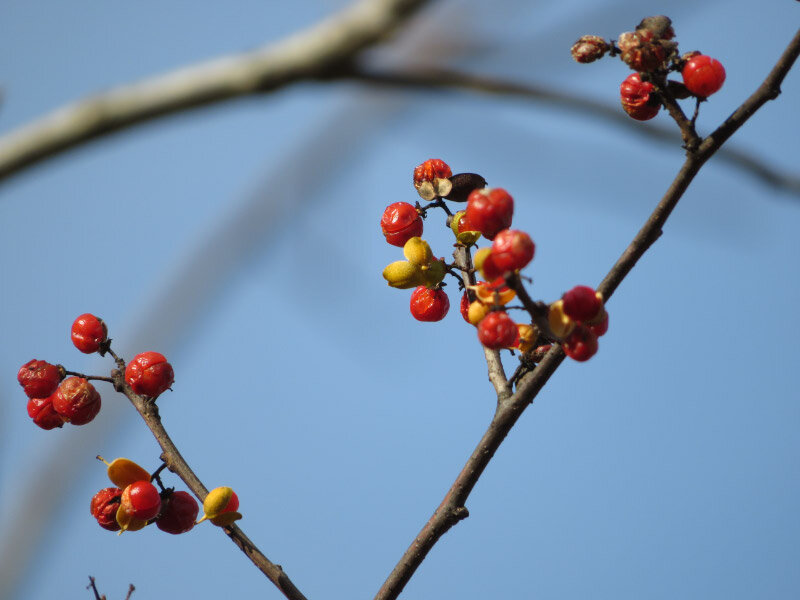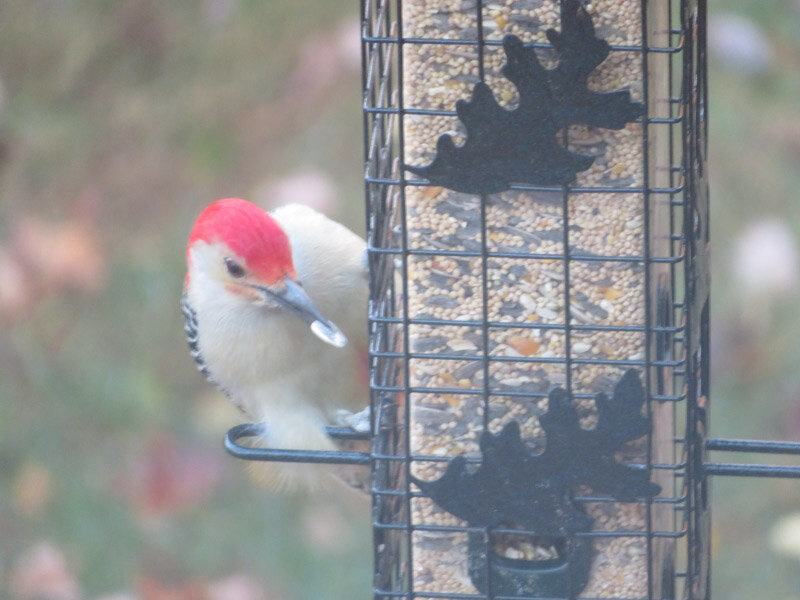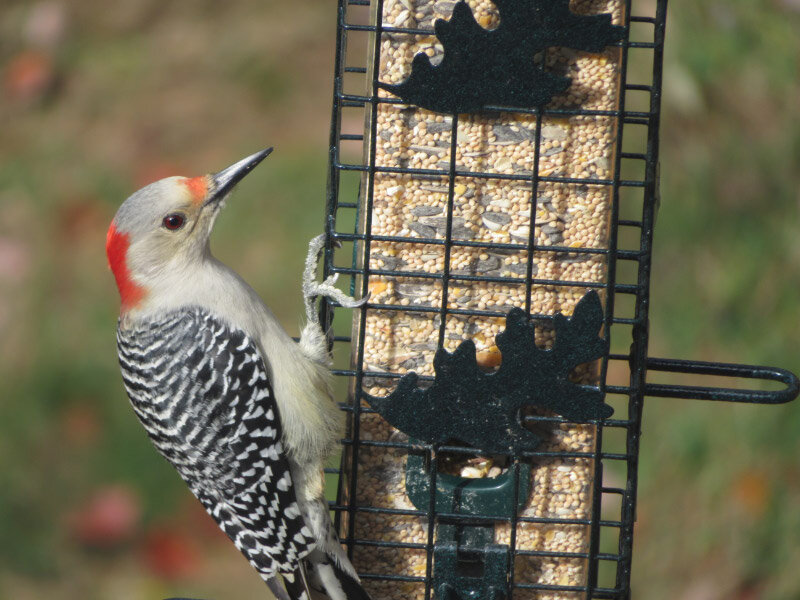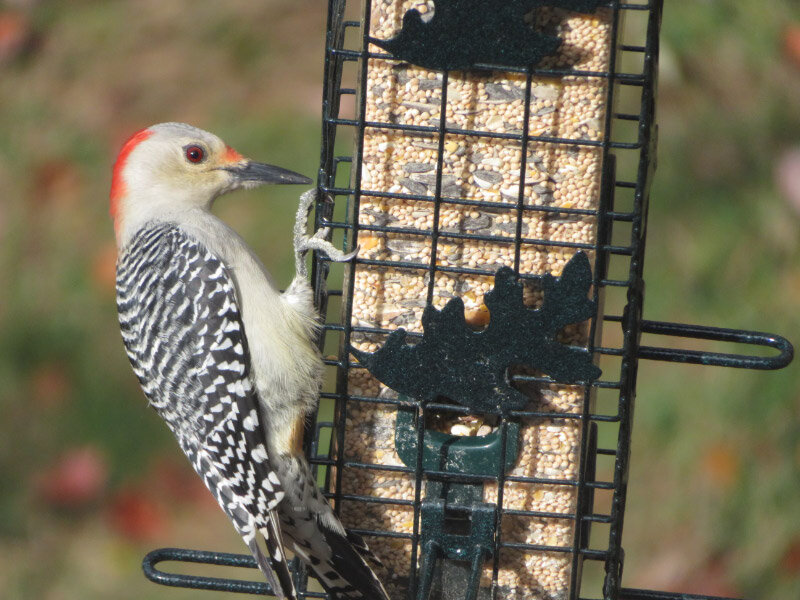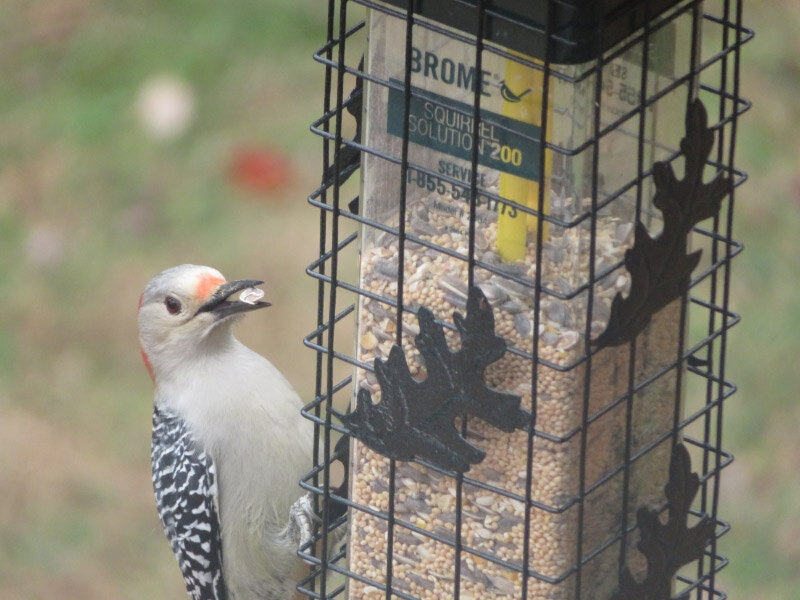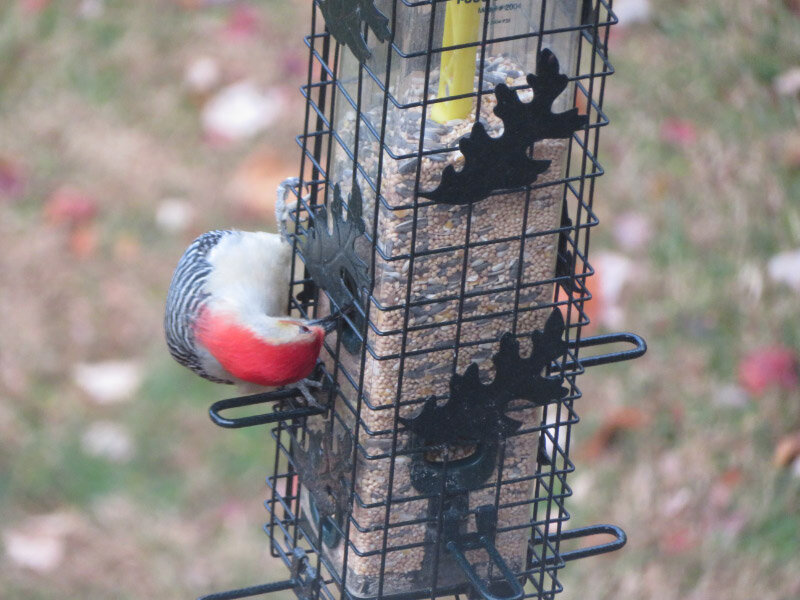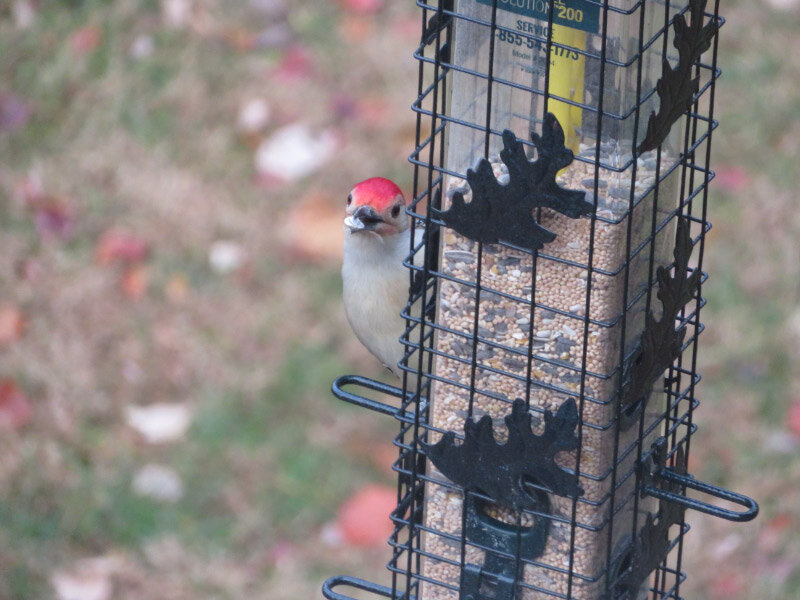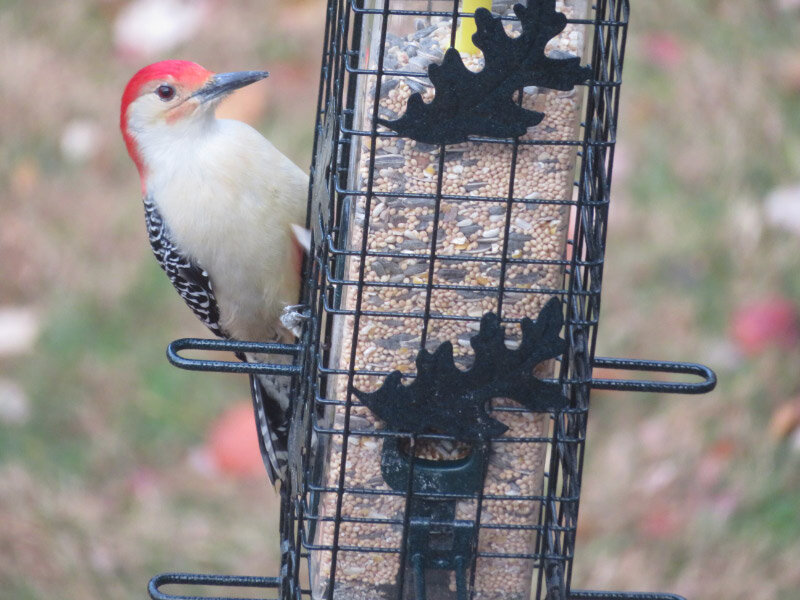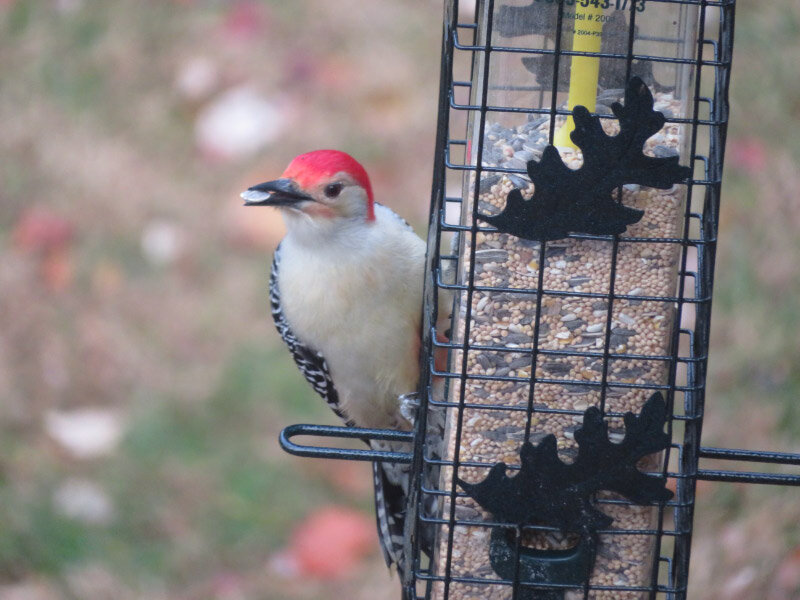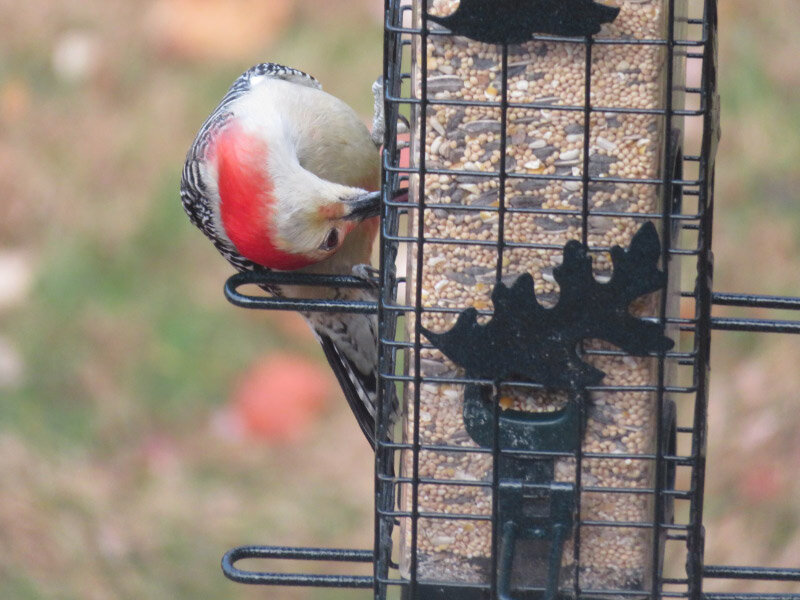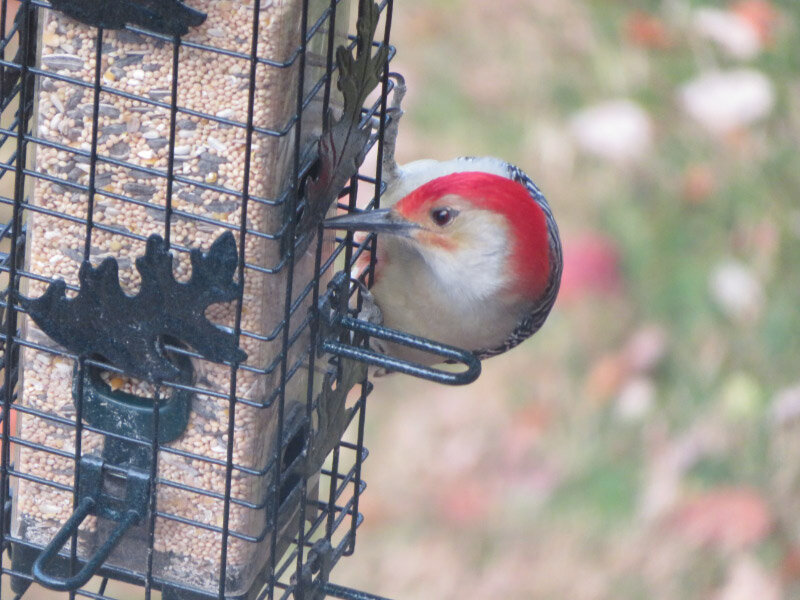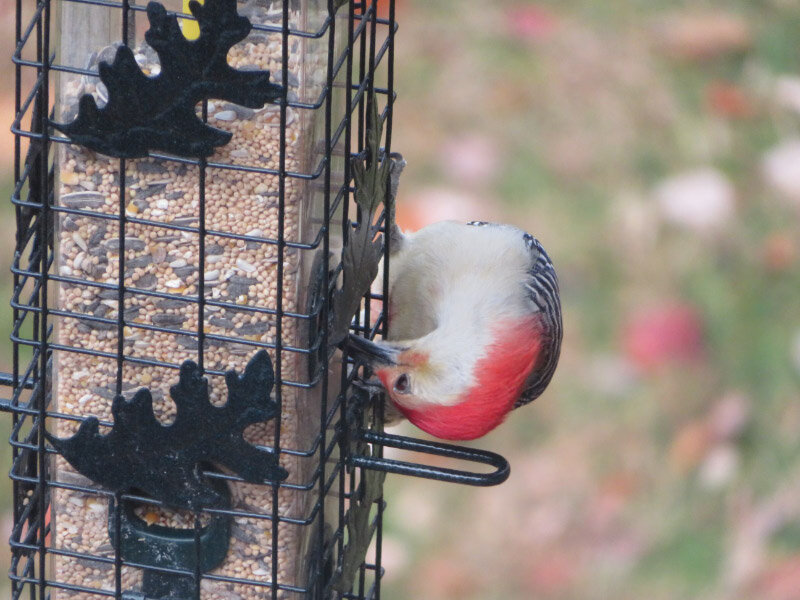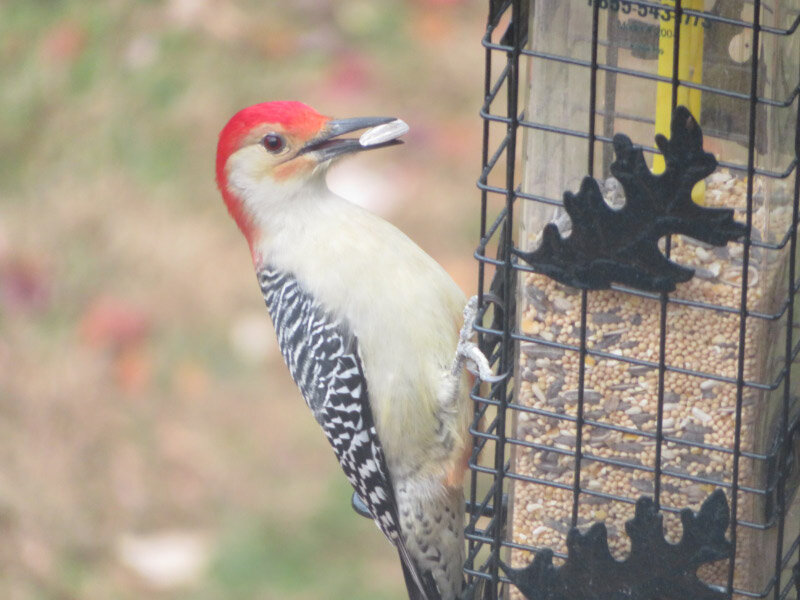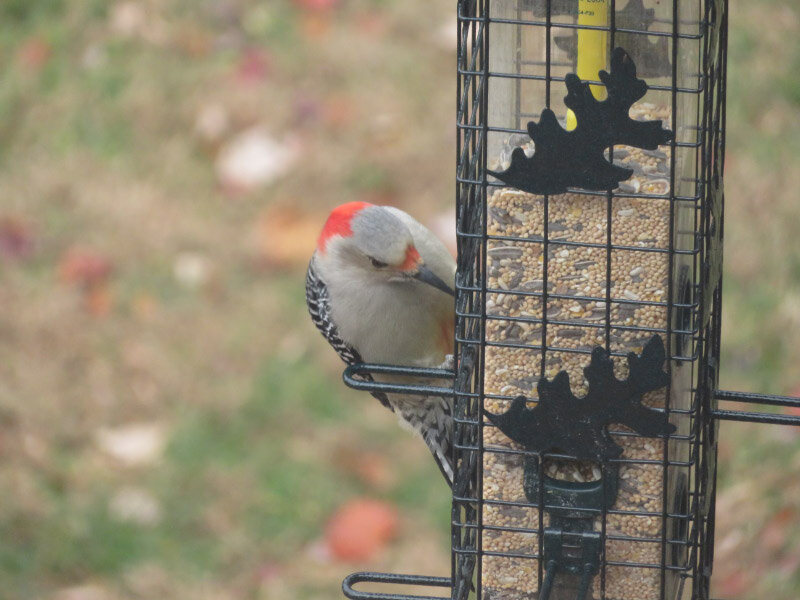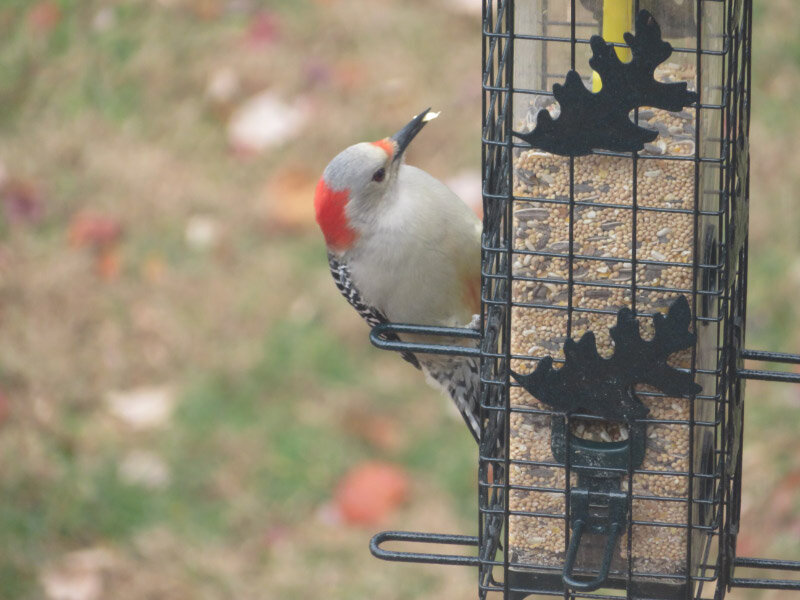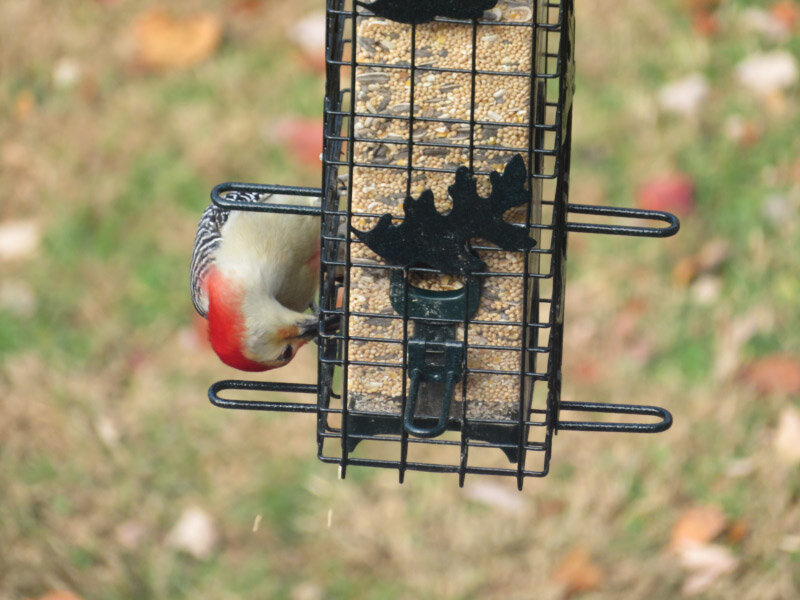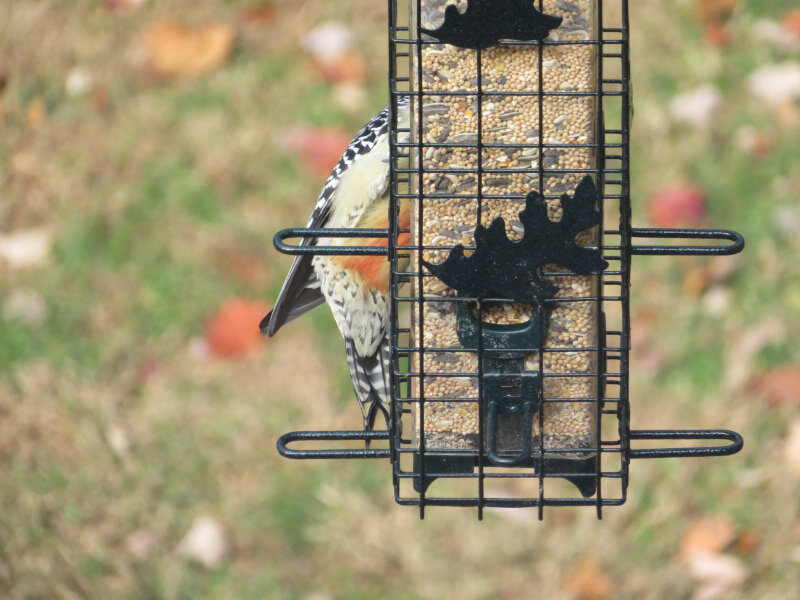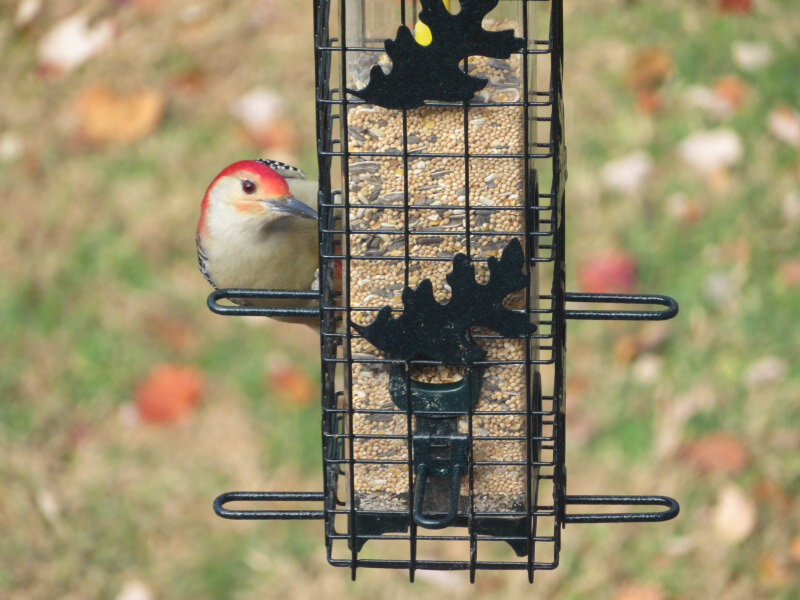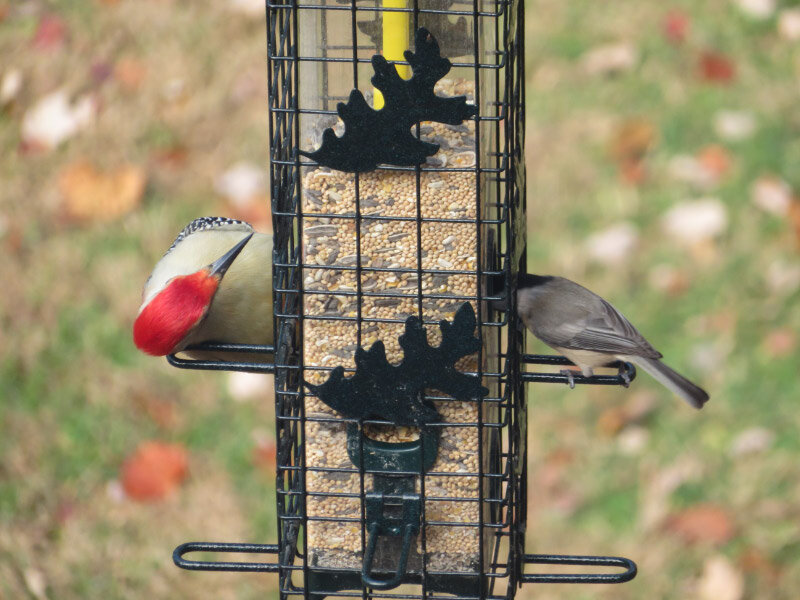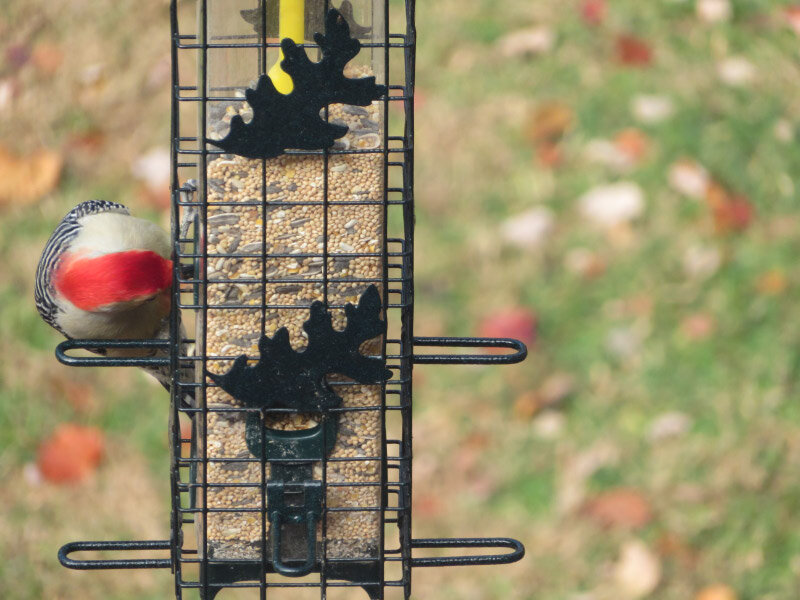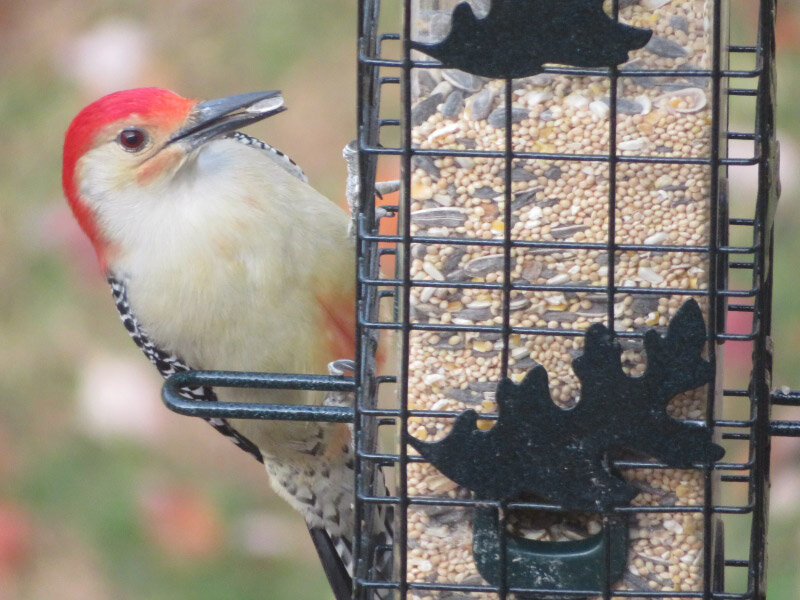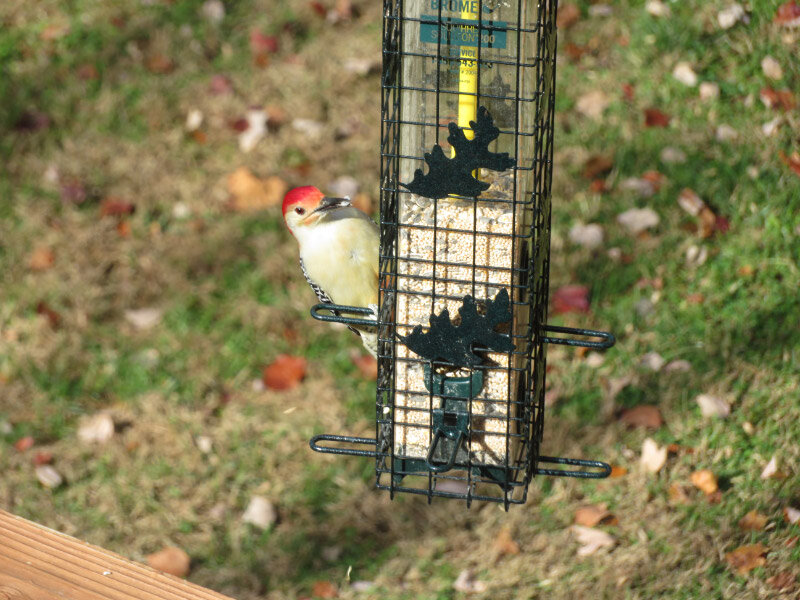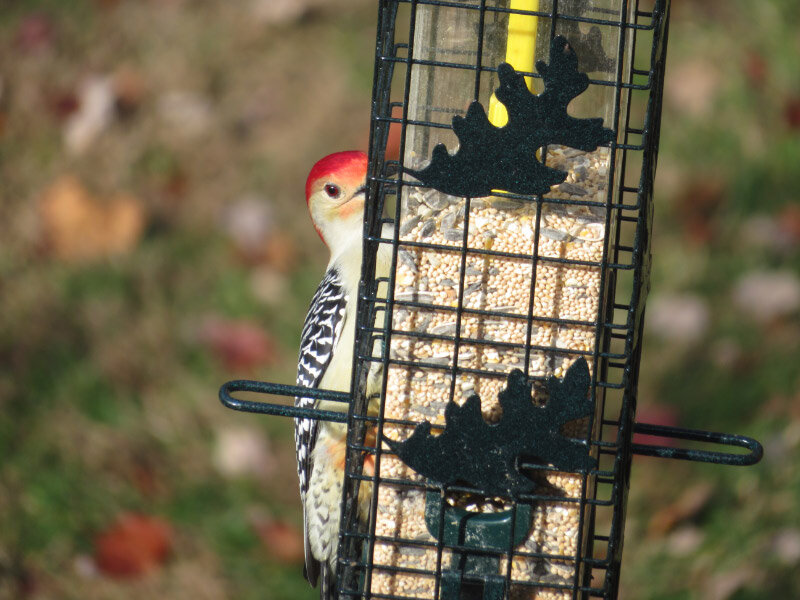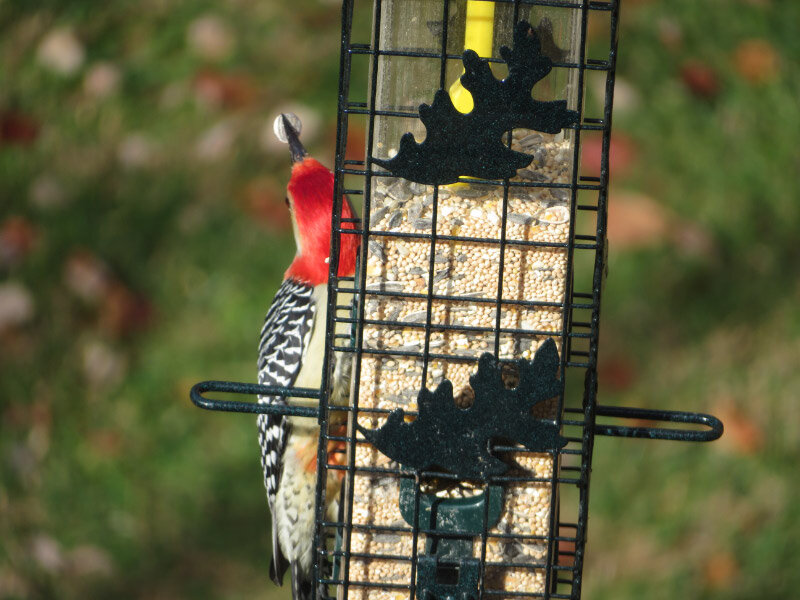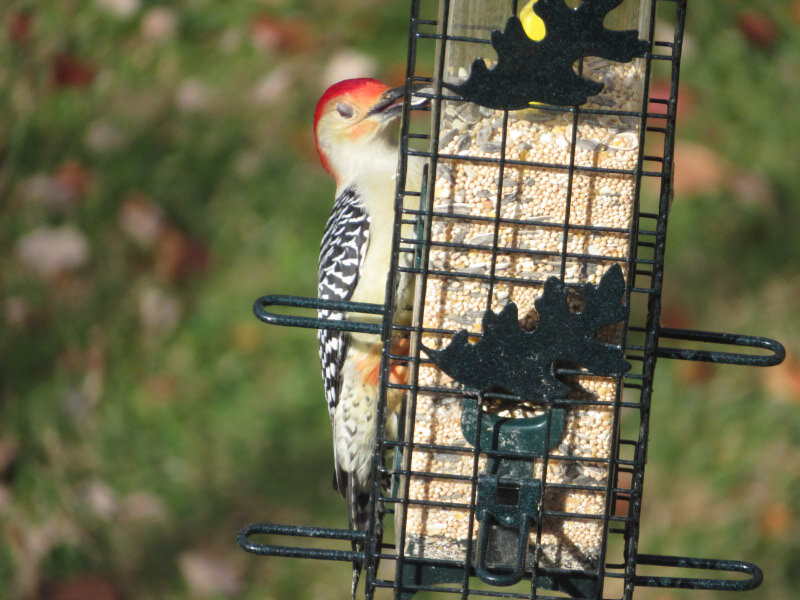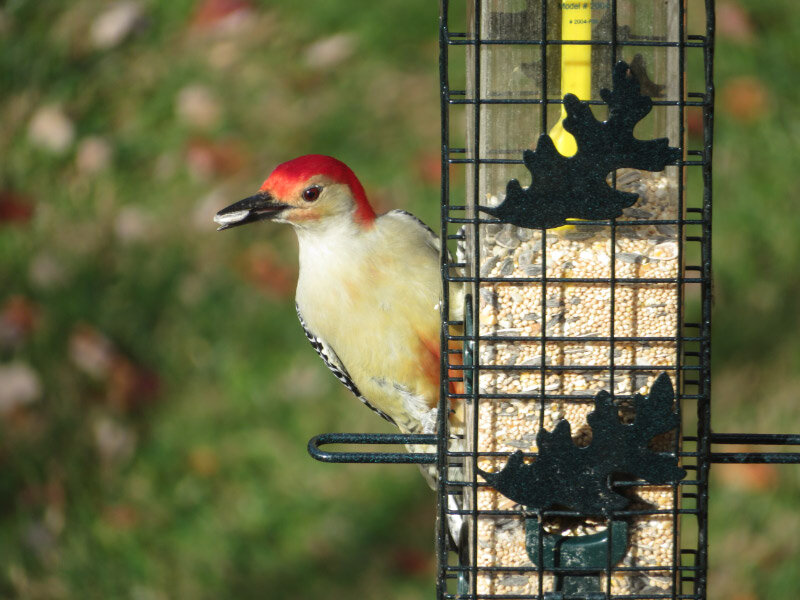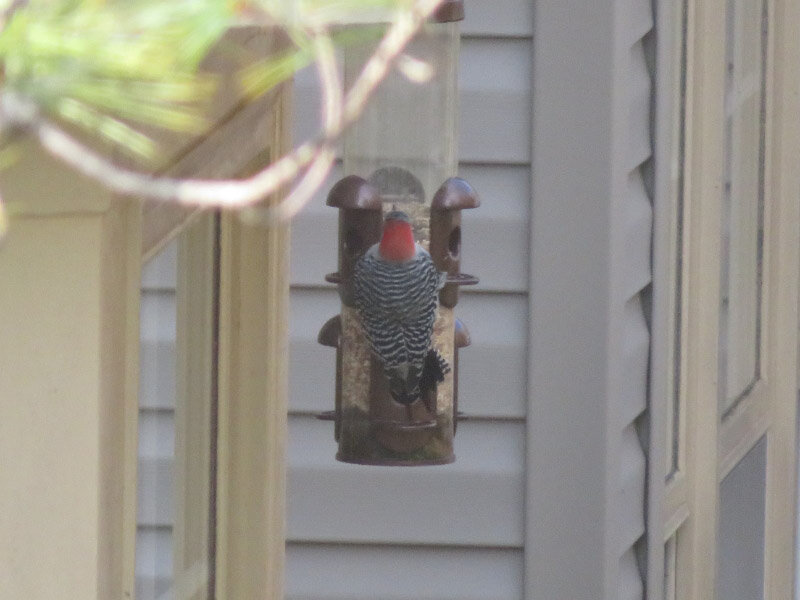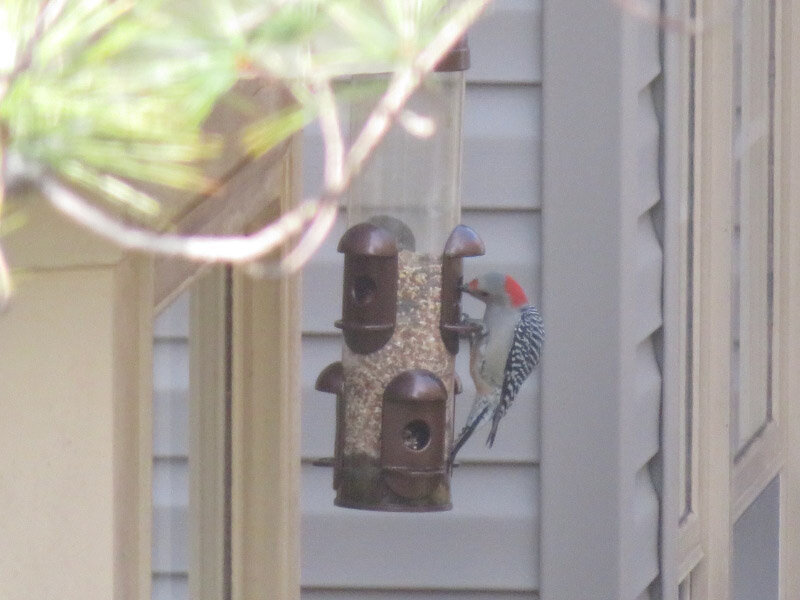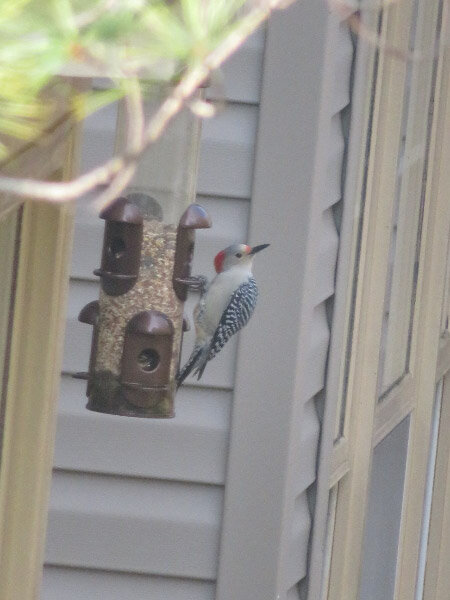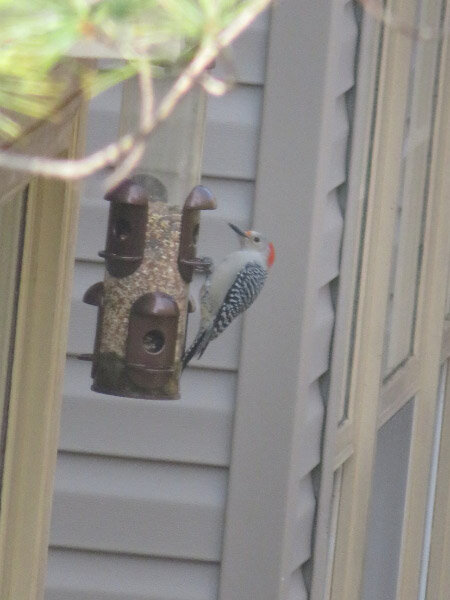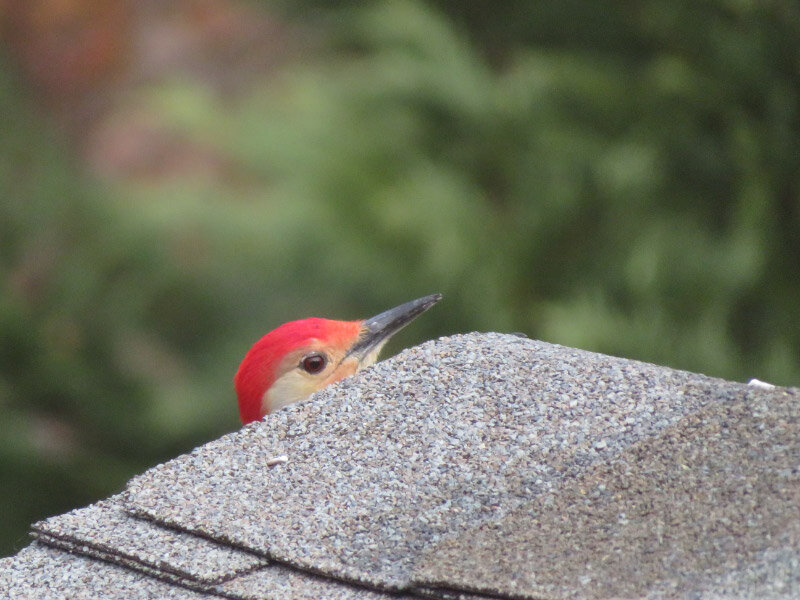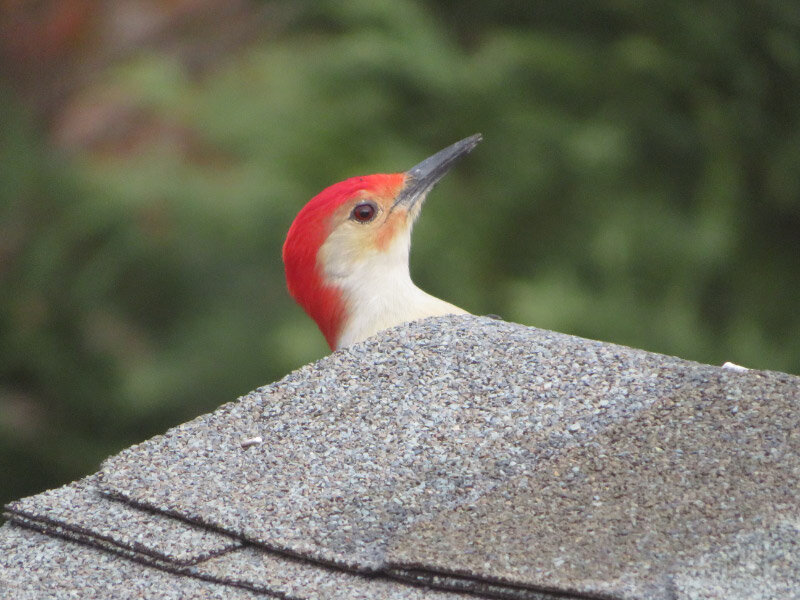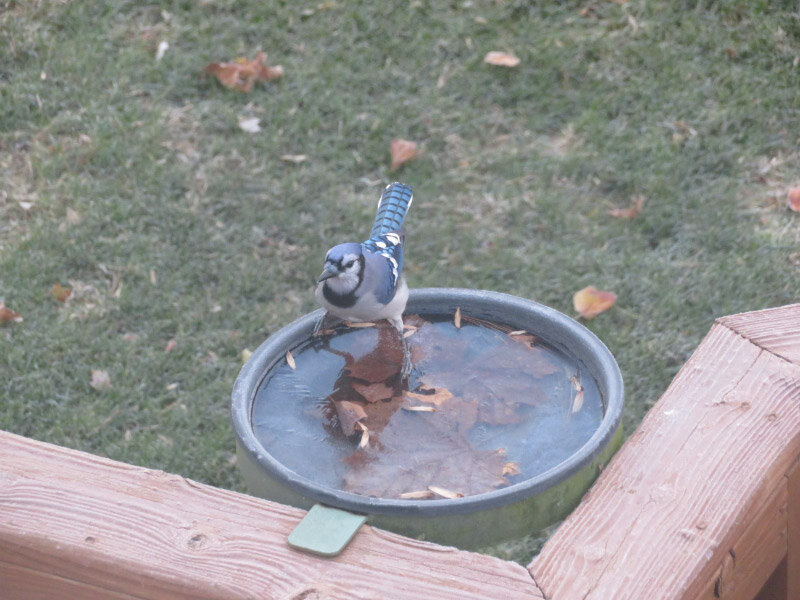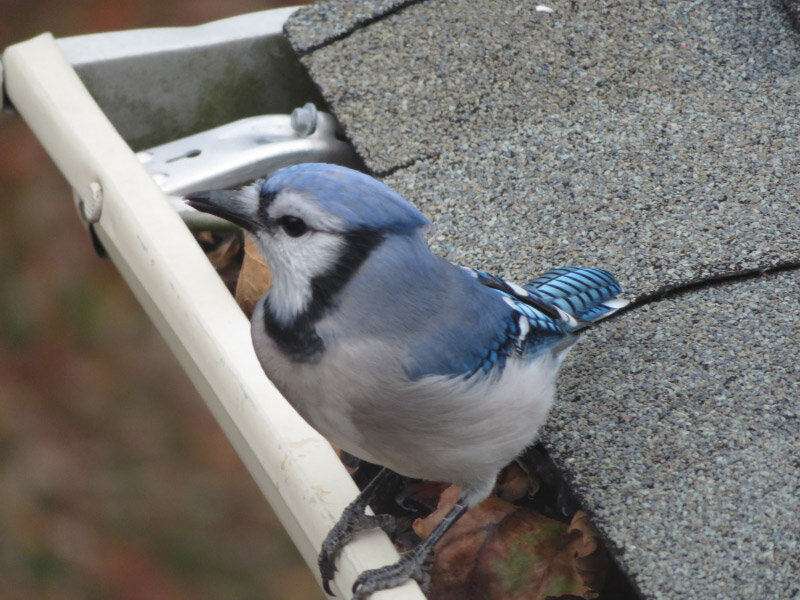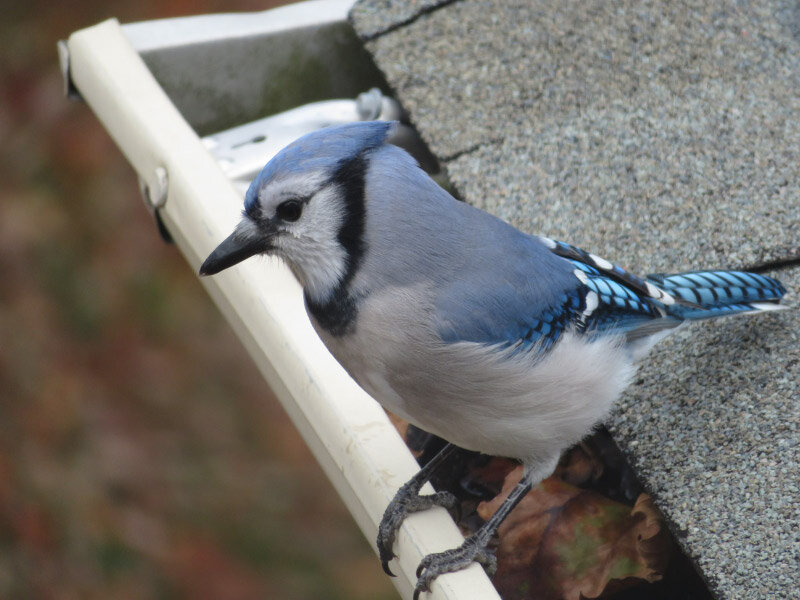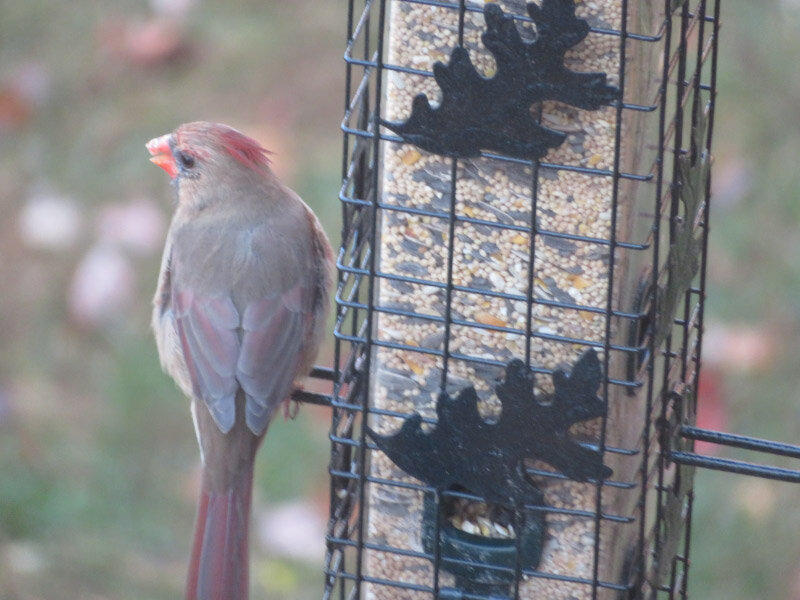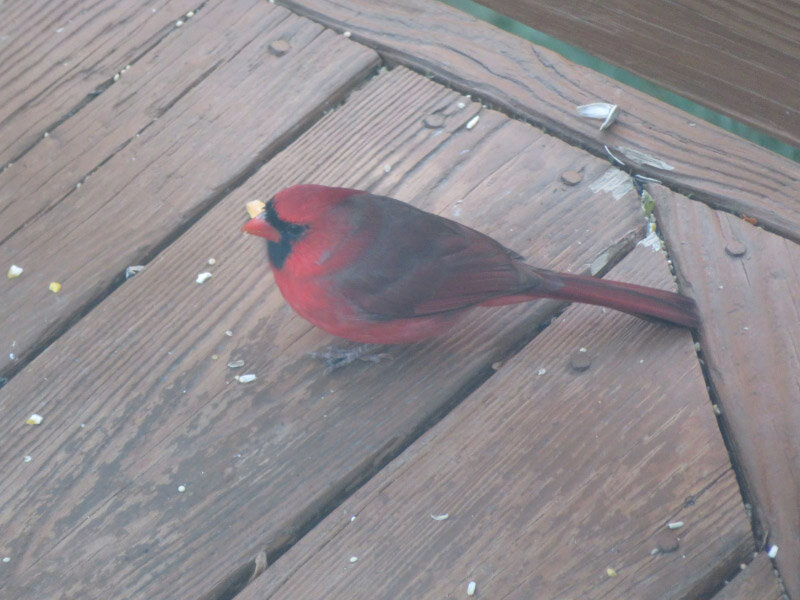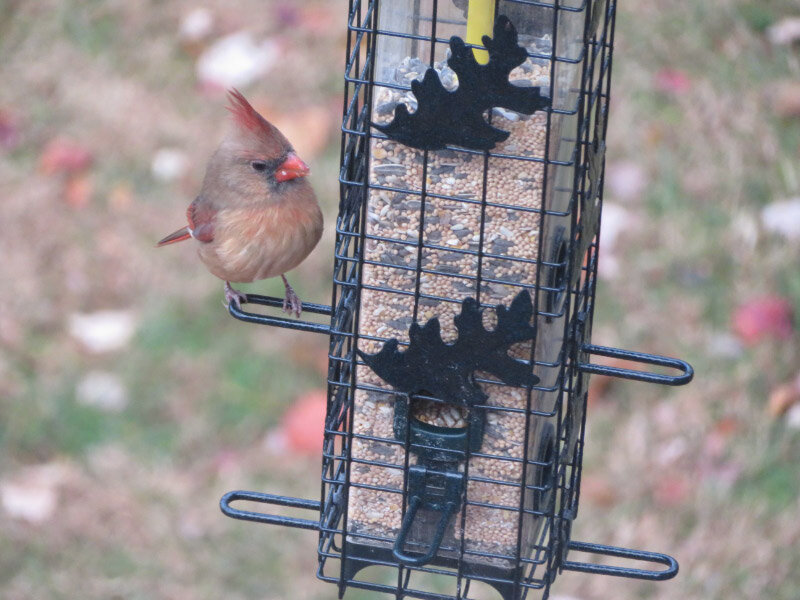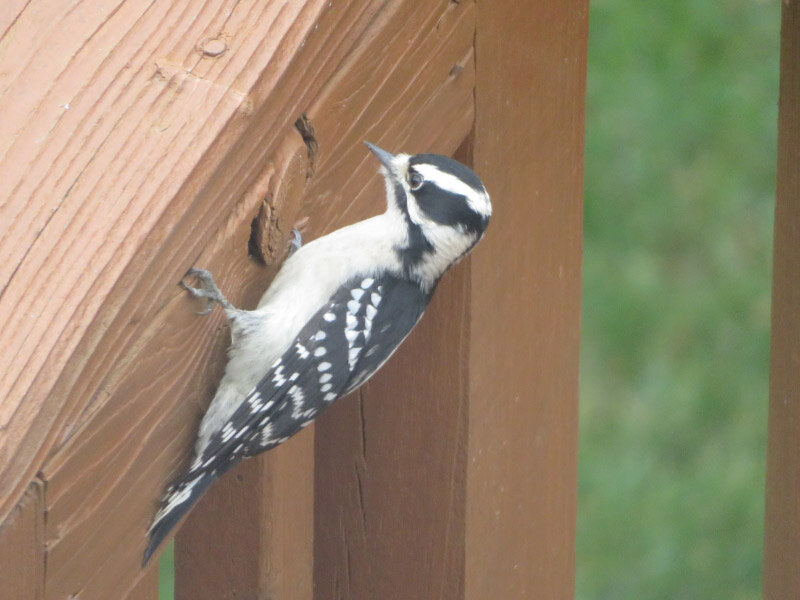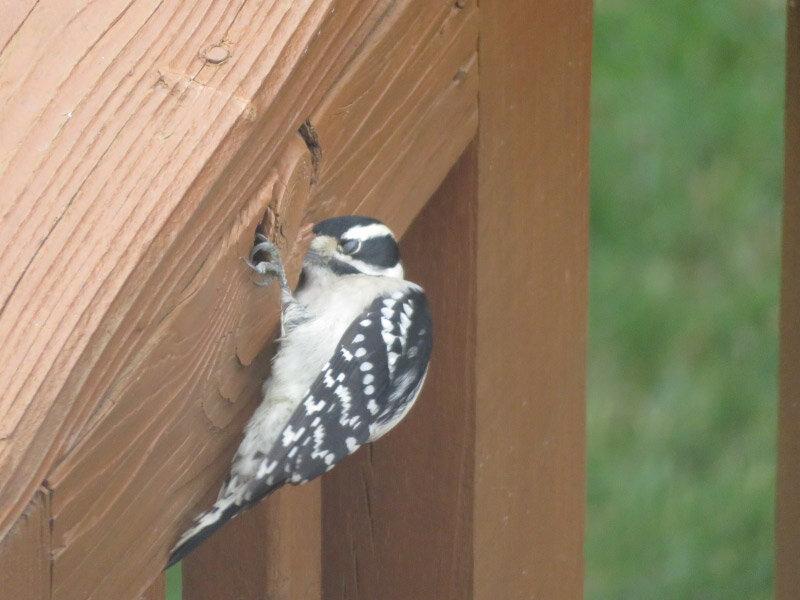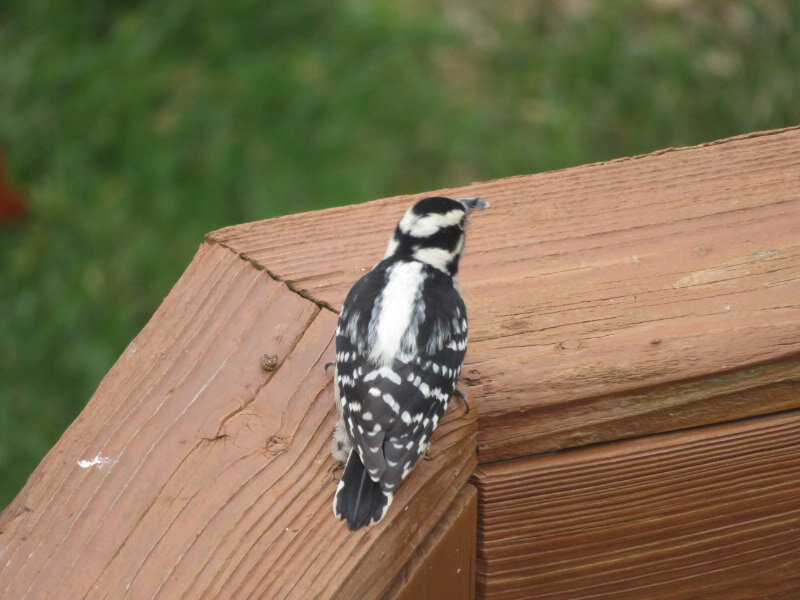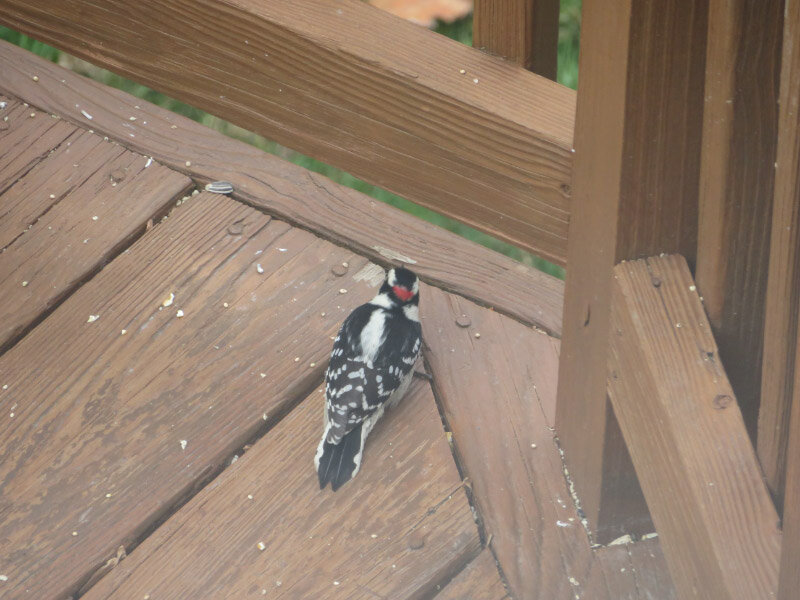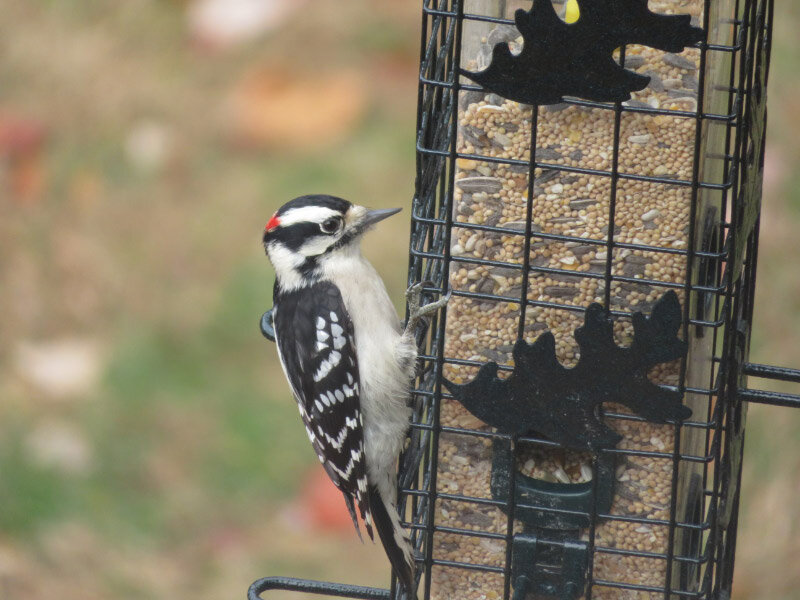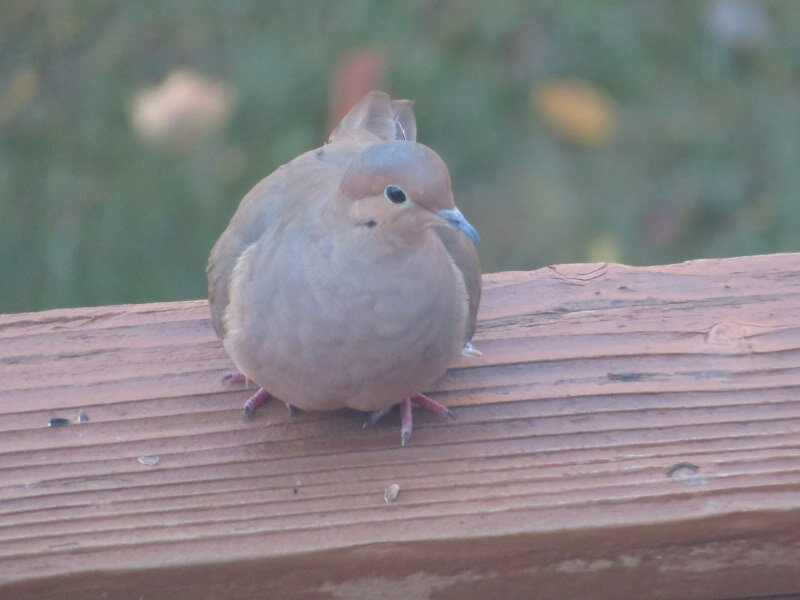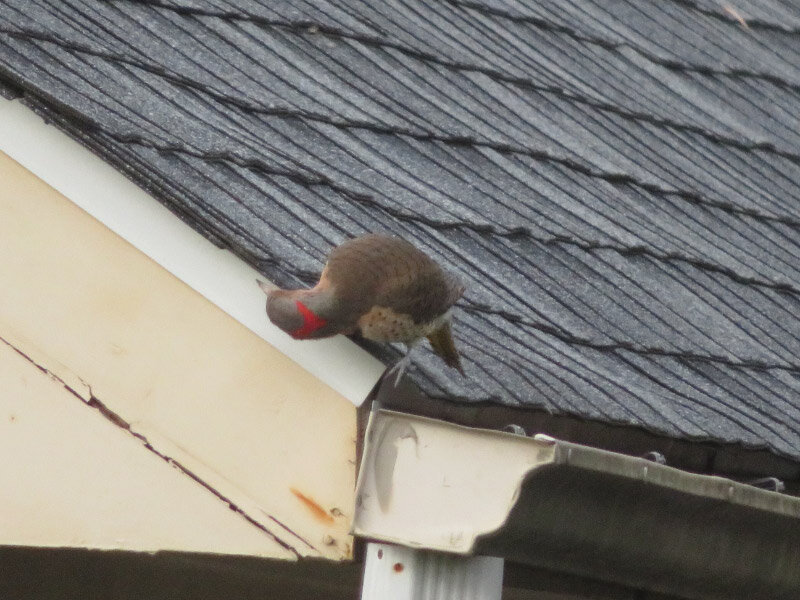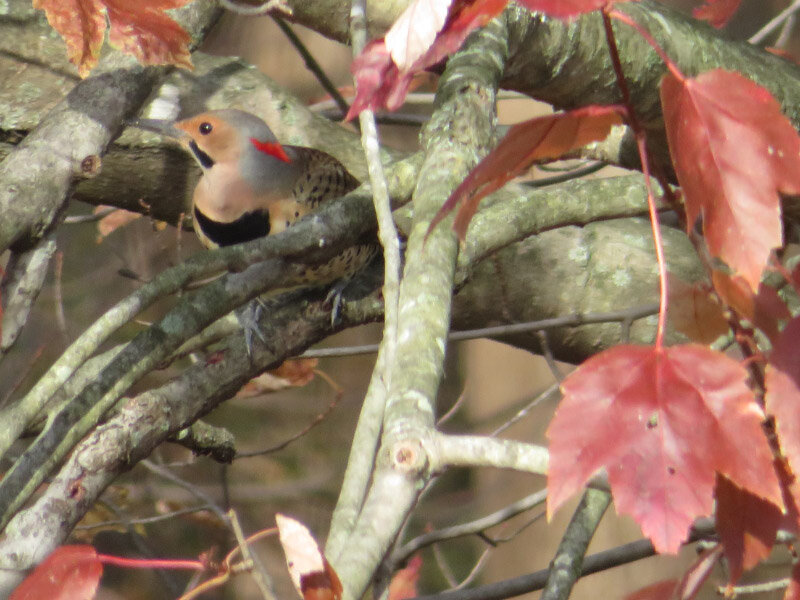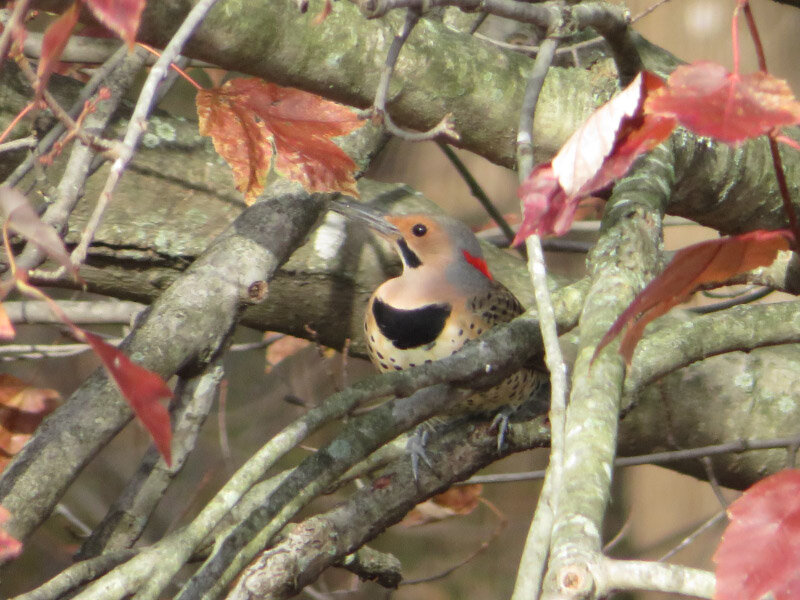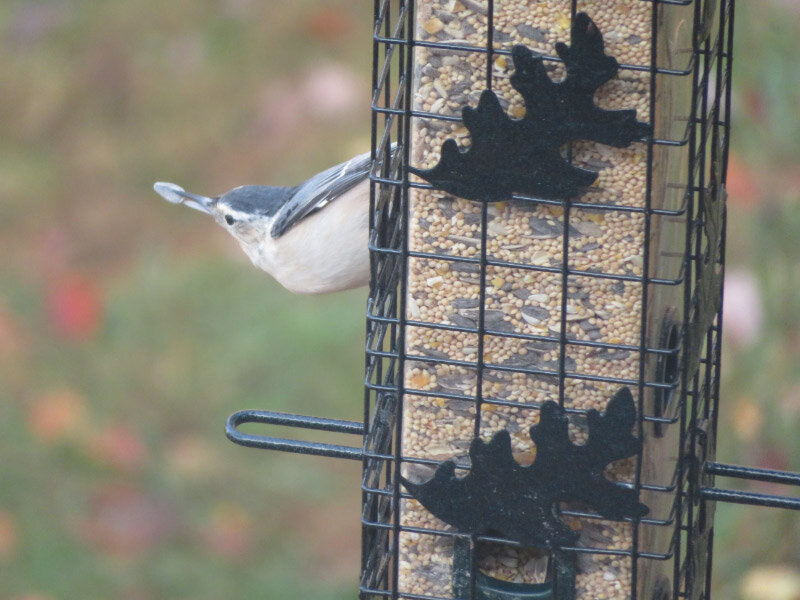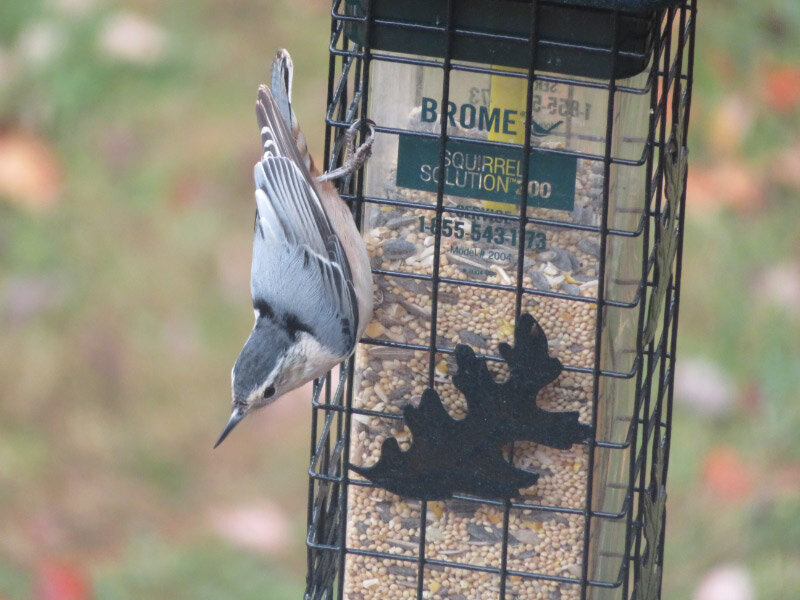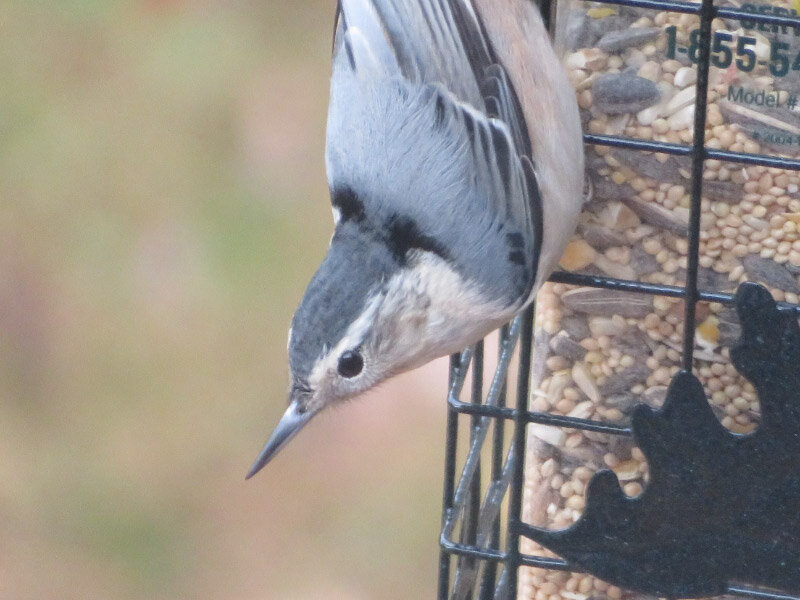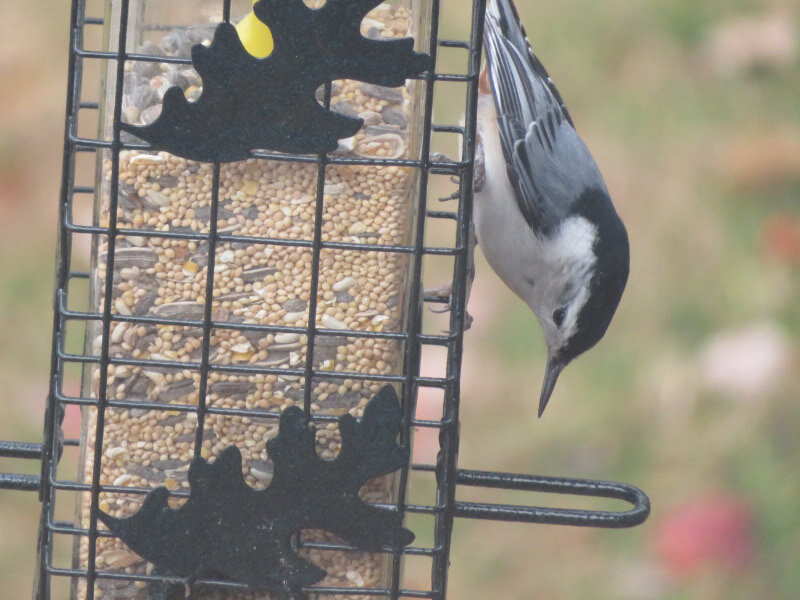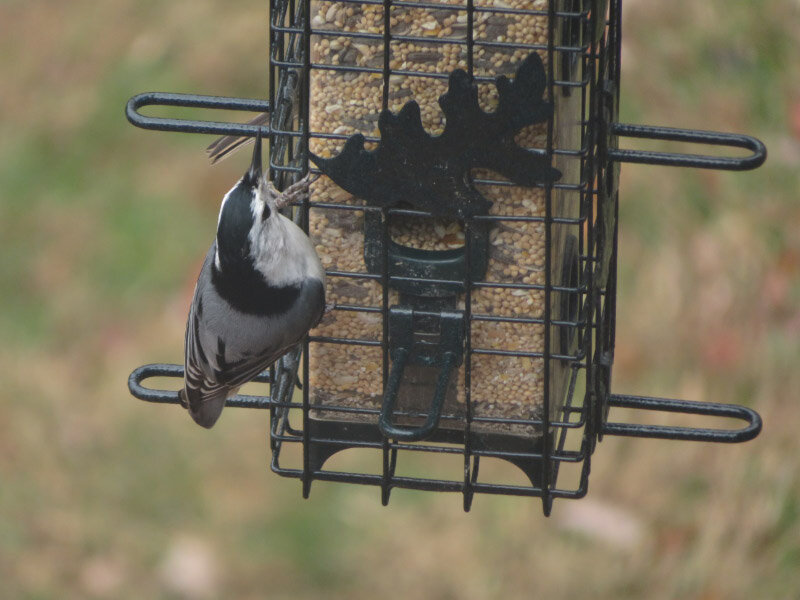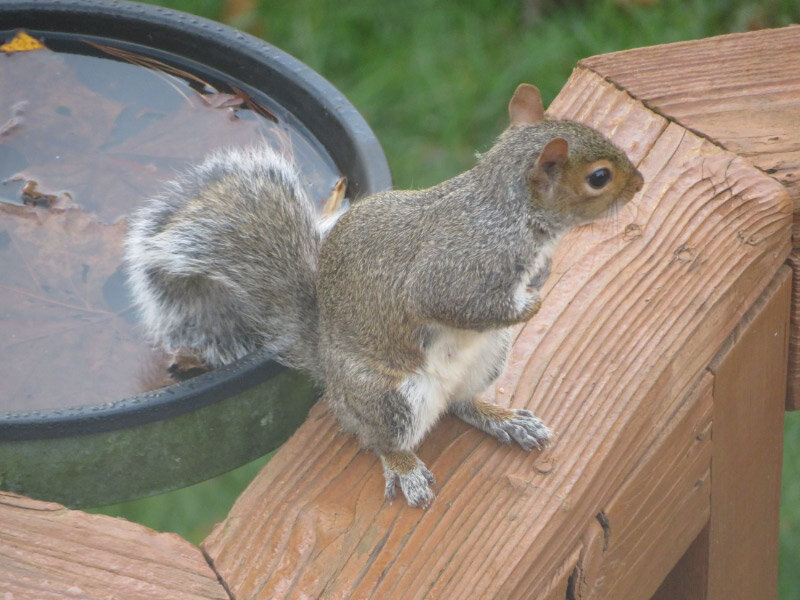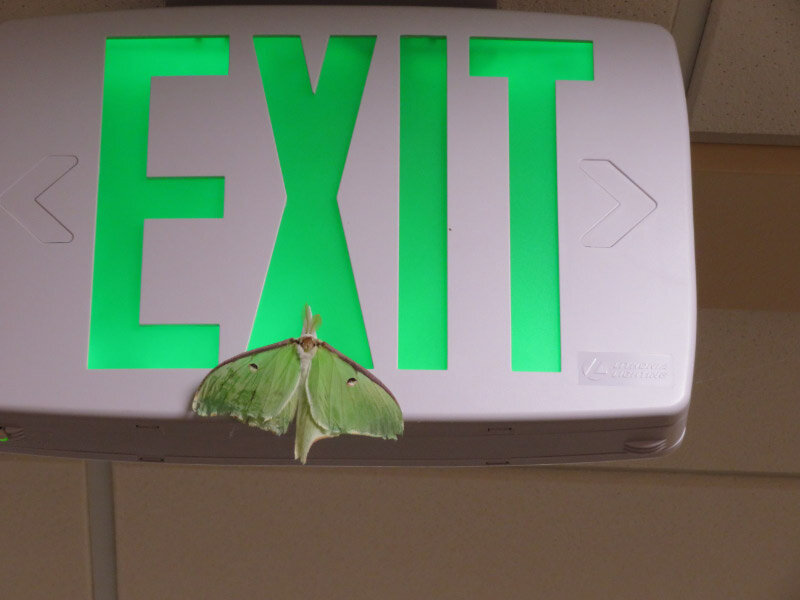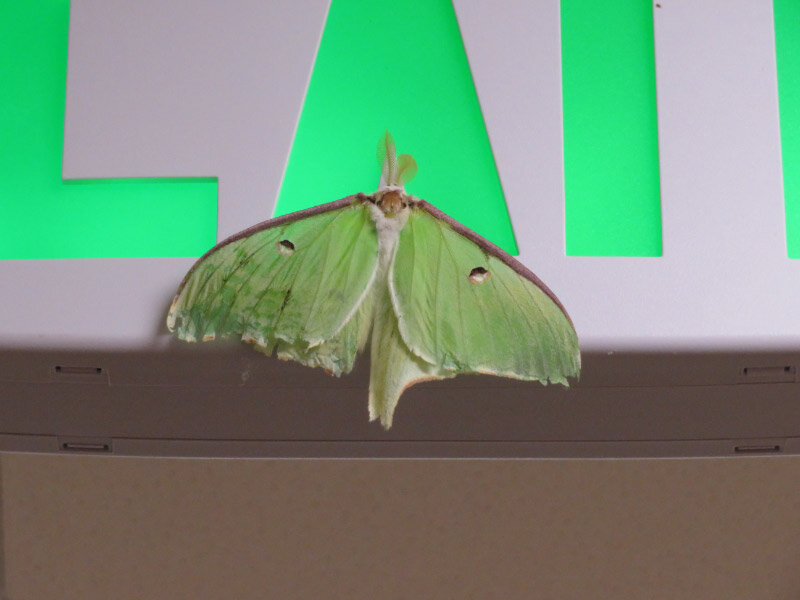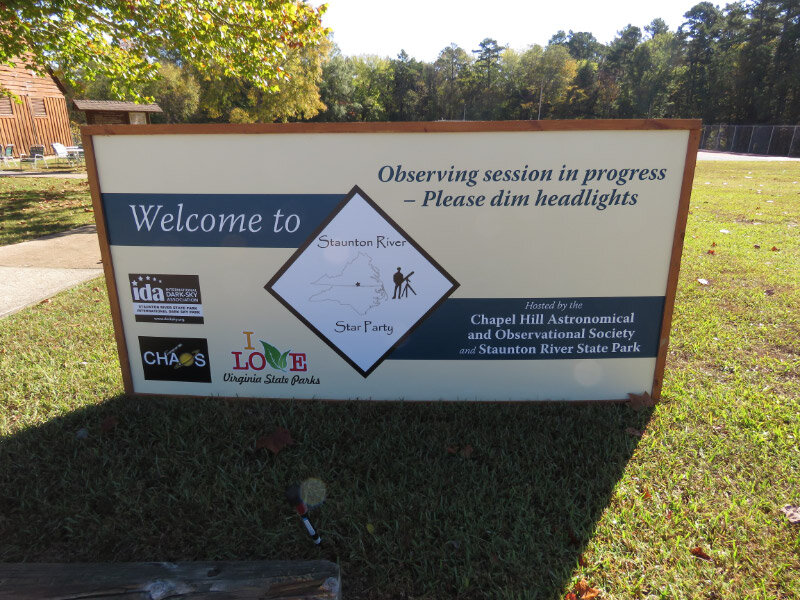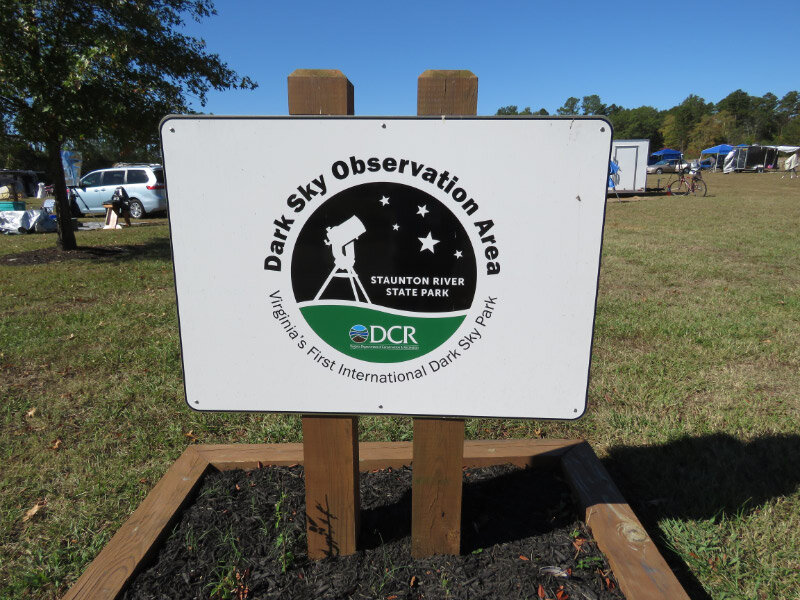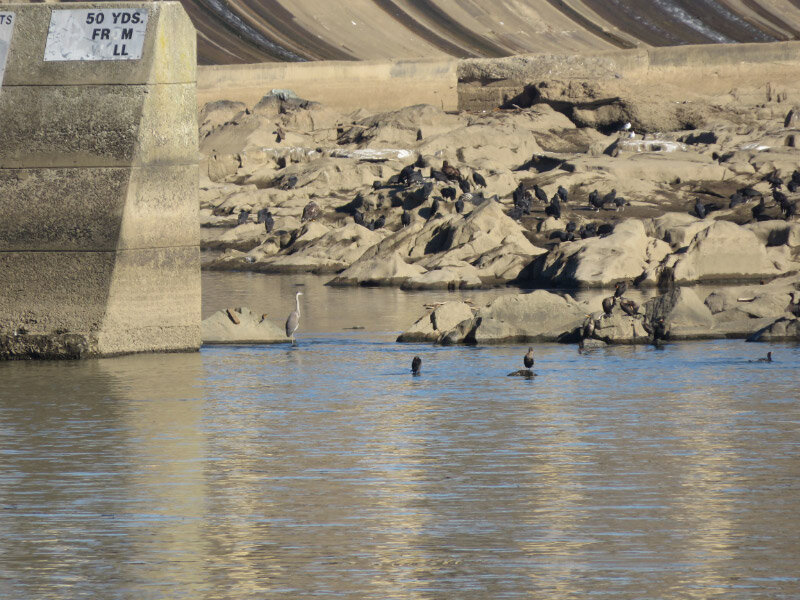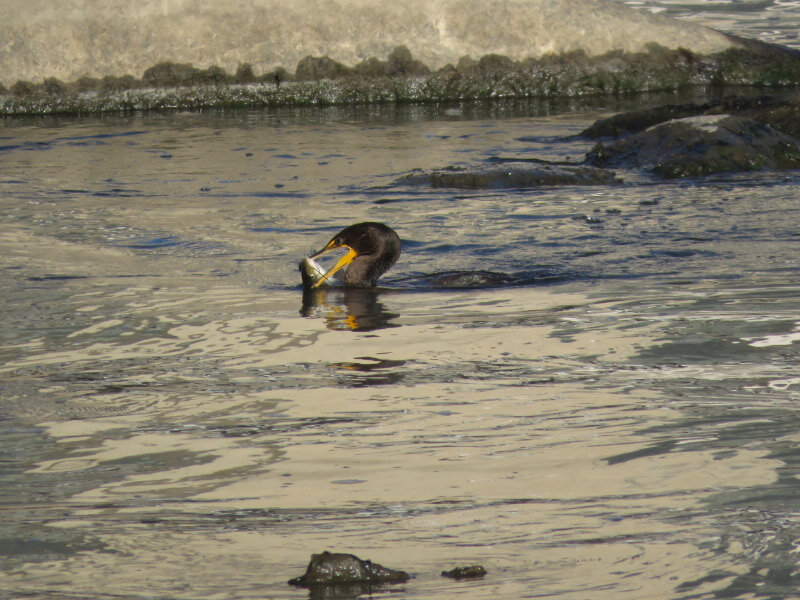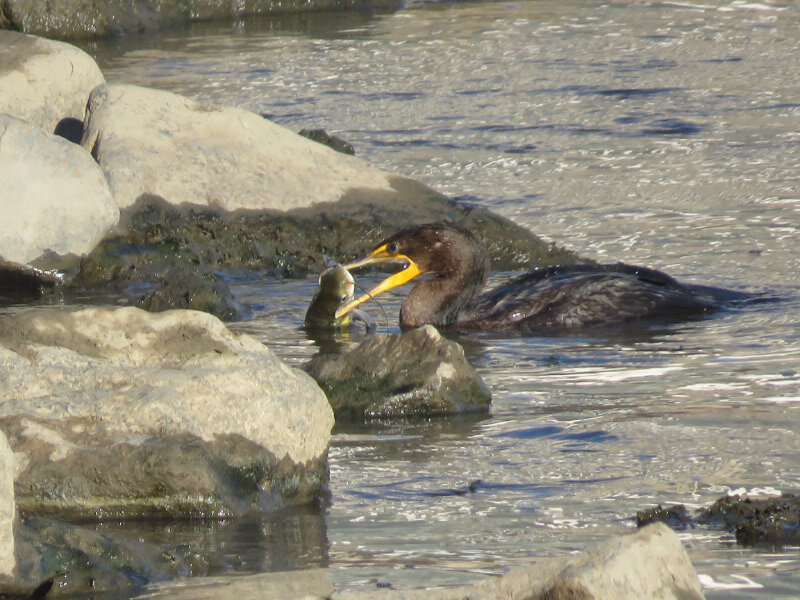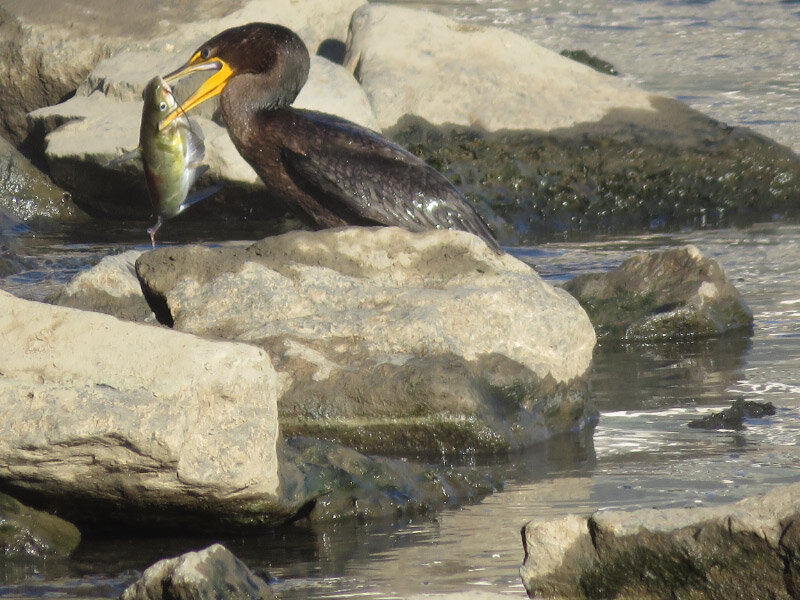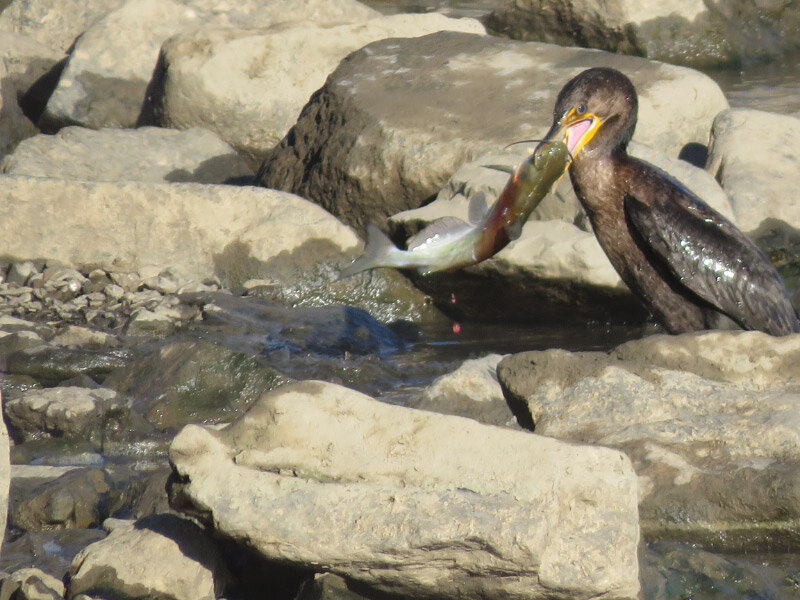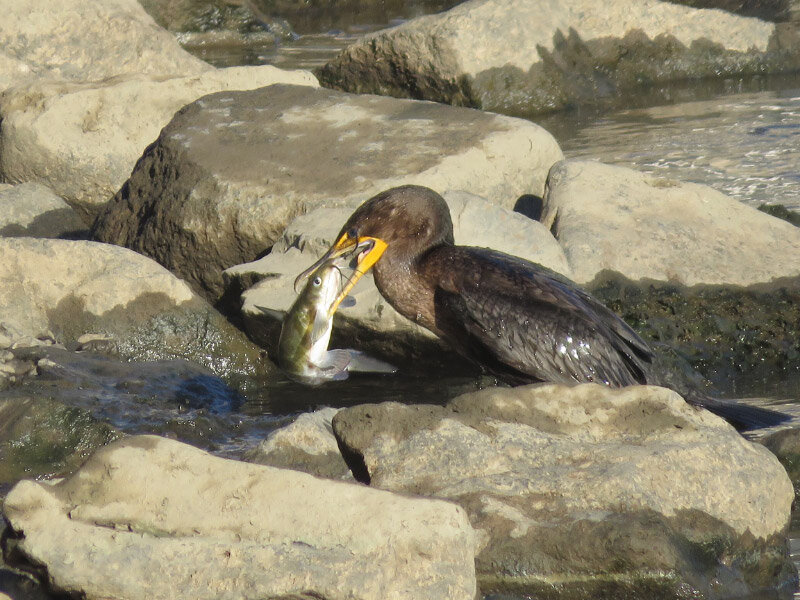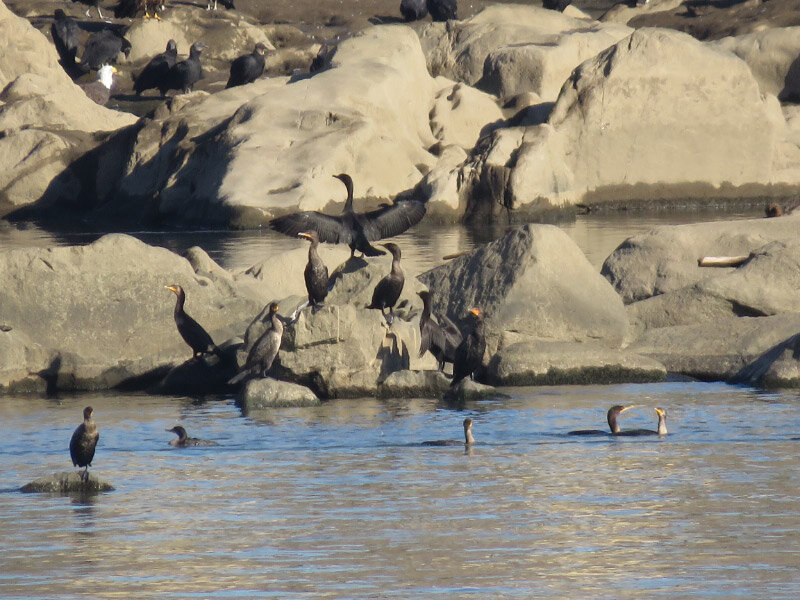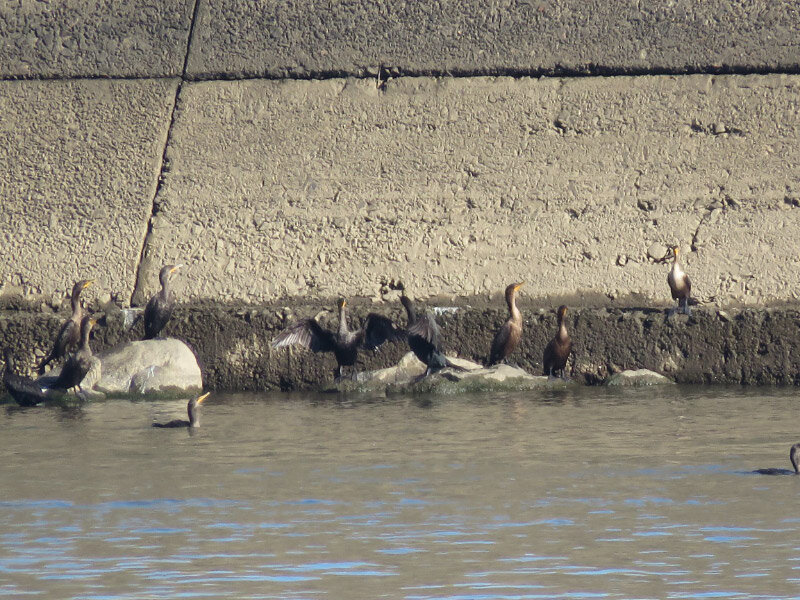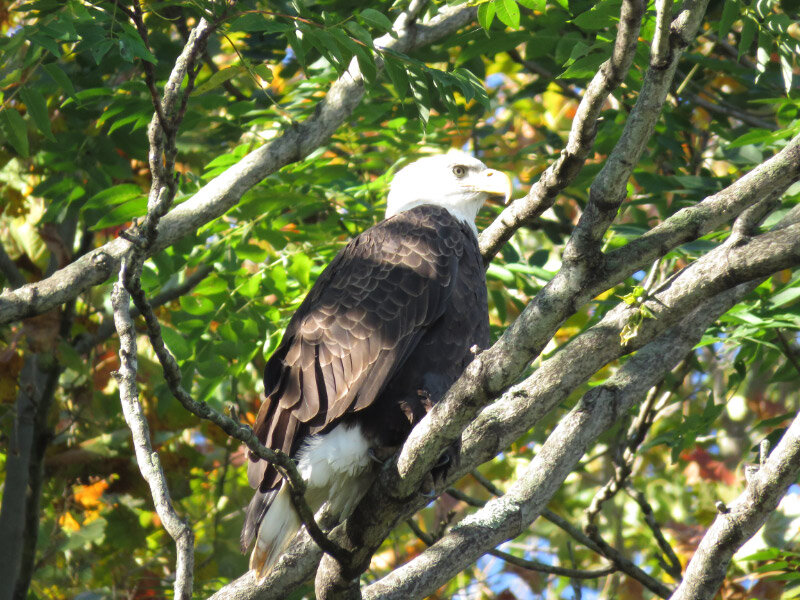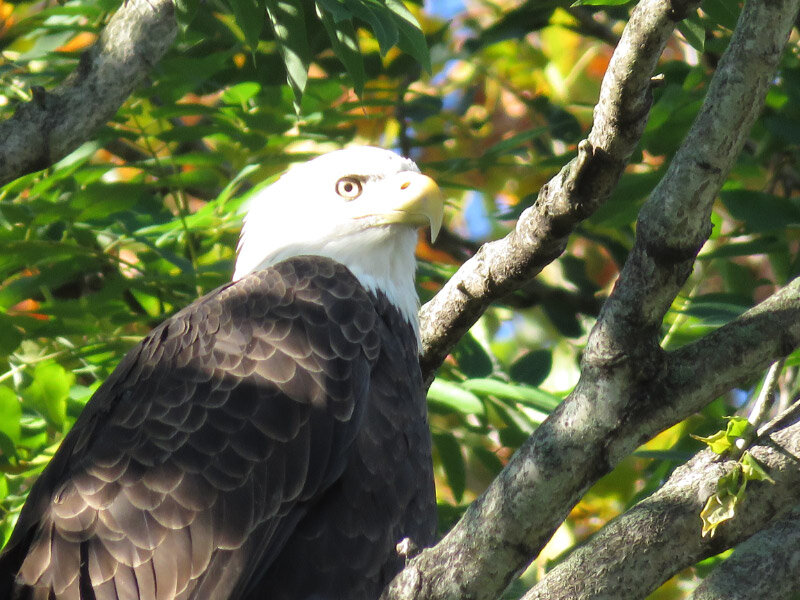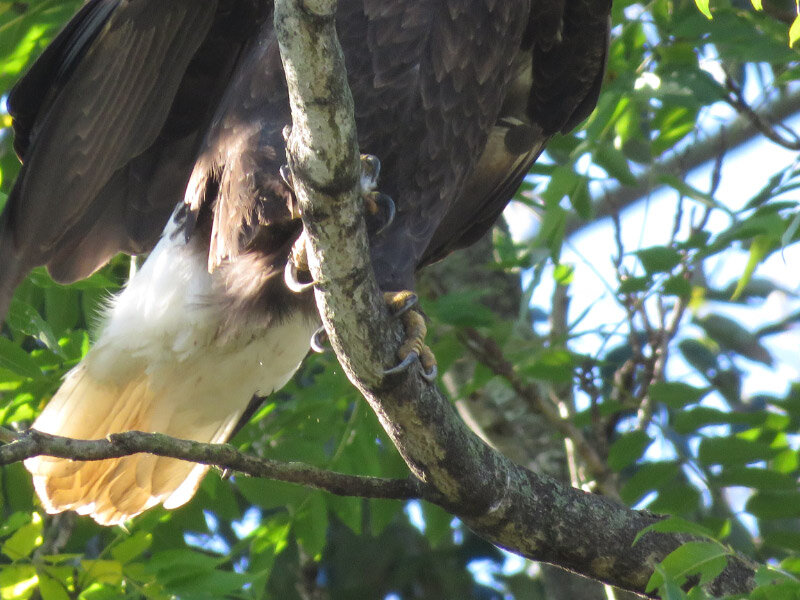The items below were ‘the cream’ of the articles and websites I found this past week. Click on the light green text to look at the article.
Infographic: How Air Pollution Could Affect the Brain | The Scientist Magazine® - A quick and disturbing summary. The evidence of harm: particles like those produced by vehicle engines found in frontal cortex (postmortem), reduced volumes of white matter, slowed development of children, inflammation related damage to brain cells, and higher accumulation of Alzheimer-associated proteins.
Happier Babies Have an Edge - Scientific American Blog Network – The more children experience happy emotions, the more time they spend building skills and relationships that help them in the future.
900 Pythons Removed from South Florida – That’s a lot of snakes. Kudos to the Python Action Team. There are other organizations (government and non-profits) working on this too. I wish the article would have included information about what they do with the snakes after they are captured. Presumable they are killed.
Study: 95 percent of baby food contains traces of toxic metals - UPI.com – Not good. The full report referred to in the article is available here. I wonder if pediatricians are changing their recommendation when it comes to some foods (like rice cereal for babies).
Newly discovered virus infects bald eagles across America -- ScienceDaily – Over 1/3 of America’s Bald Eagles are infected…and it might be causing a fatal disease – Wisconsin River Eagle Syndrome.
BBC - Future - What life might be like in alien oceans – Lots of possibilities. It will be interesting to get some probes (submersibles, etc.) out to the moons of other planets in our solar system that have alien oceans…maybe life.
From quills to typewriters: how the industrial revolution changed our writing culture | Europeana Blog – A little history lesson.
National Science Board highlights Skilled Technical Workforce shortage in new report - The Bridge: Connecting Science and Policy - AGU Blogosphere – “Without immediate action, the US risks falling behind other nations that are making significant investments in their Science and Engineering workforce and the Science and Technology enterprise.” The whole report can be found here.
The Platypus Is Weirder Than You Ever Imagined – Cool Green Science – They don’t have a stomach, their venom can help treat diabetes, their milk can help fight antibiotic resistance….the list goes on.
Photography in The National Parks: Your Armchair Photography Guide To Olympic National Park, Part 2 – The Forests – National Parks….always a great destination for nature photography.

